- Silky smooth drivetrain
- Good value for money
- A great size - small but roomy on the inside
- Could have a bit more equipment for the money
- Needs premium unleaded
- Expensive servicing
You may not know it, but the Volkswagen T-Roc has been runaway sales success since its release in Europe in late 2017. In 2022, in Europe, there were over 181,000 of them registered and it actually dethroned the Golf as the top-selling Volkswagen in the region. In Australia, the T-Roc isn’t quite as successful, but it’s still a popular product – in 2023 to the end of February, its 661 sales have made it the top-selling Volkswagen product locally. But do solid sales numbers make a good car? We decided to find out by testing the entry-level 2023 Volkswagen T-Roc Style 110TSI.
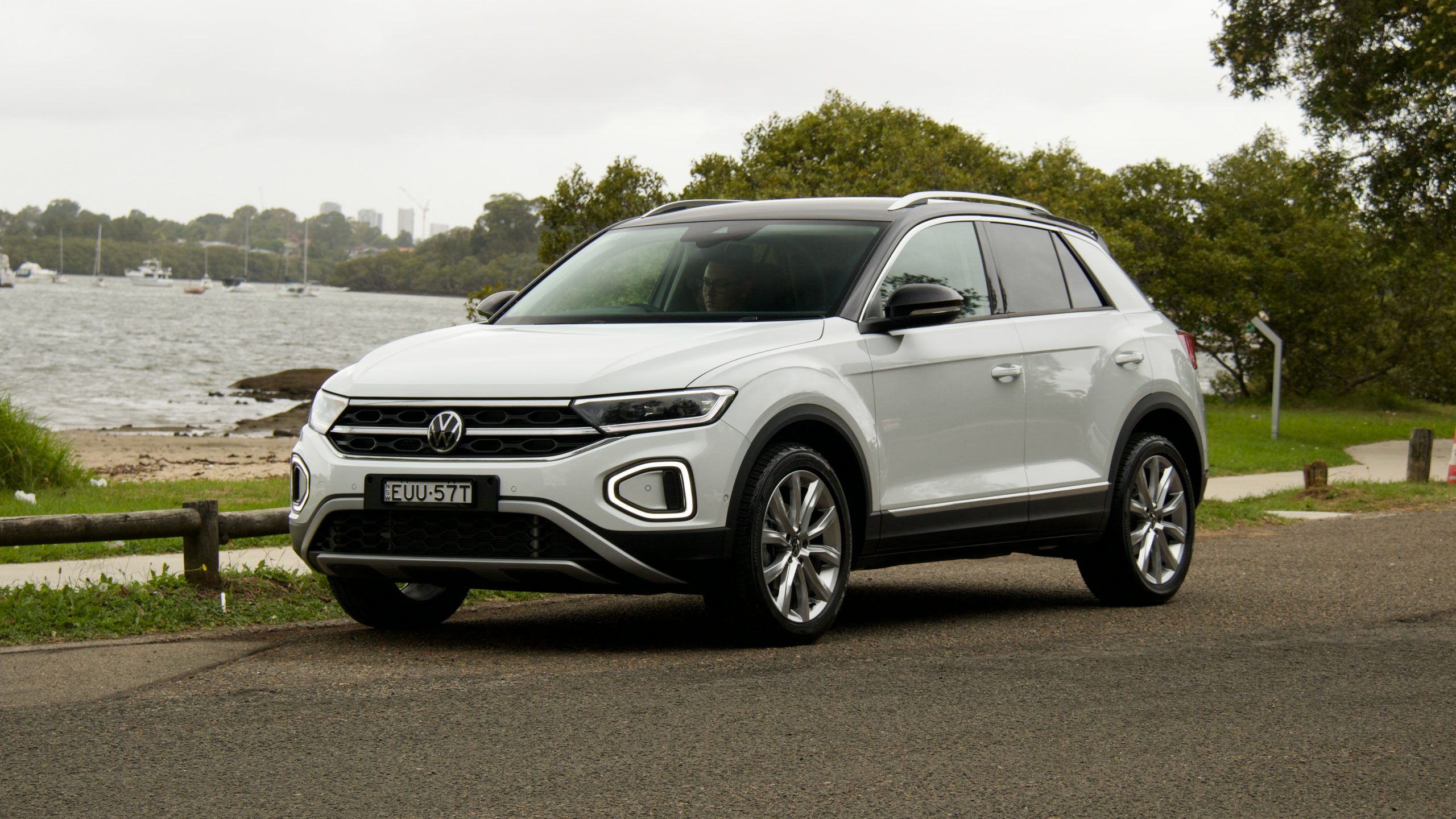
The T-Roc competes in a very crowded part of the new car market: small SUVs. Rivals include the Subaru Crosstrek, Honda HR-V, Toyota C-HR and Corolla Cross, Mitsubishi Eclipse Cross, Kia Seltos, Hyundai Kona, Skoda Kamiq and Mazda CX-30.
Price & Equipment: 8/10
Aside from the high performance T-Roc R and R Grid, there are two T-Roc models currently on sale in Australia: the entry-level Style tested here and the sporty R-Line that sits above it. The Style 110TSI is priced from $37,100 plus on-road costs (or around $42,000 drive away).
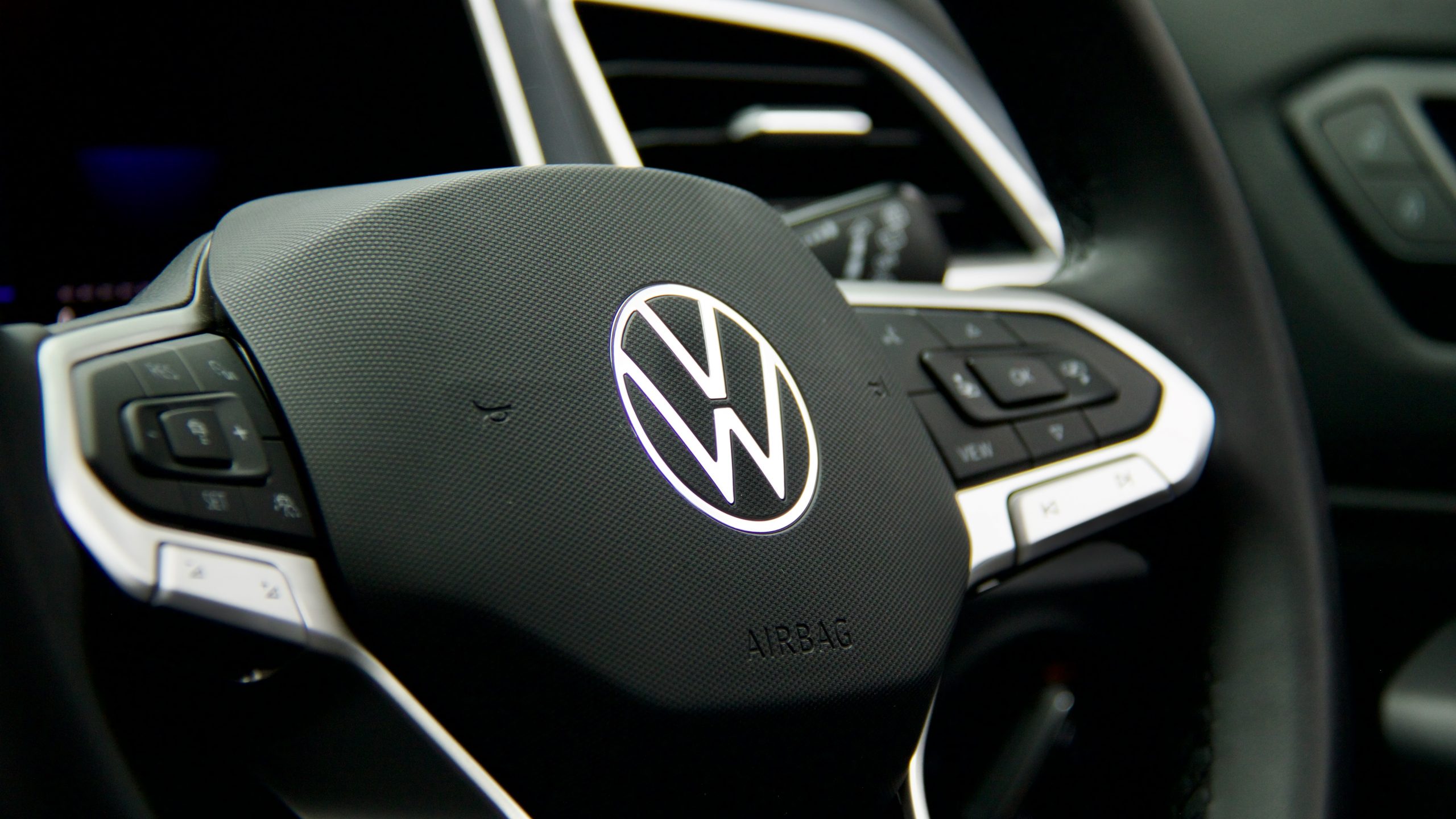
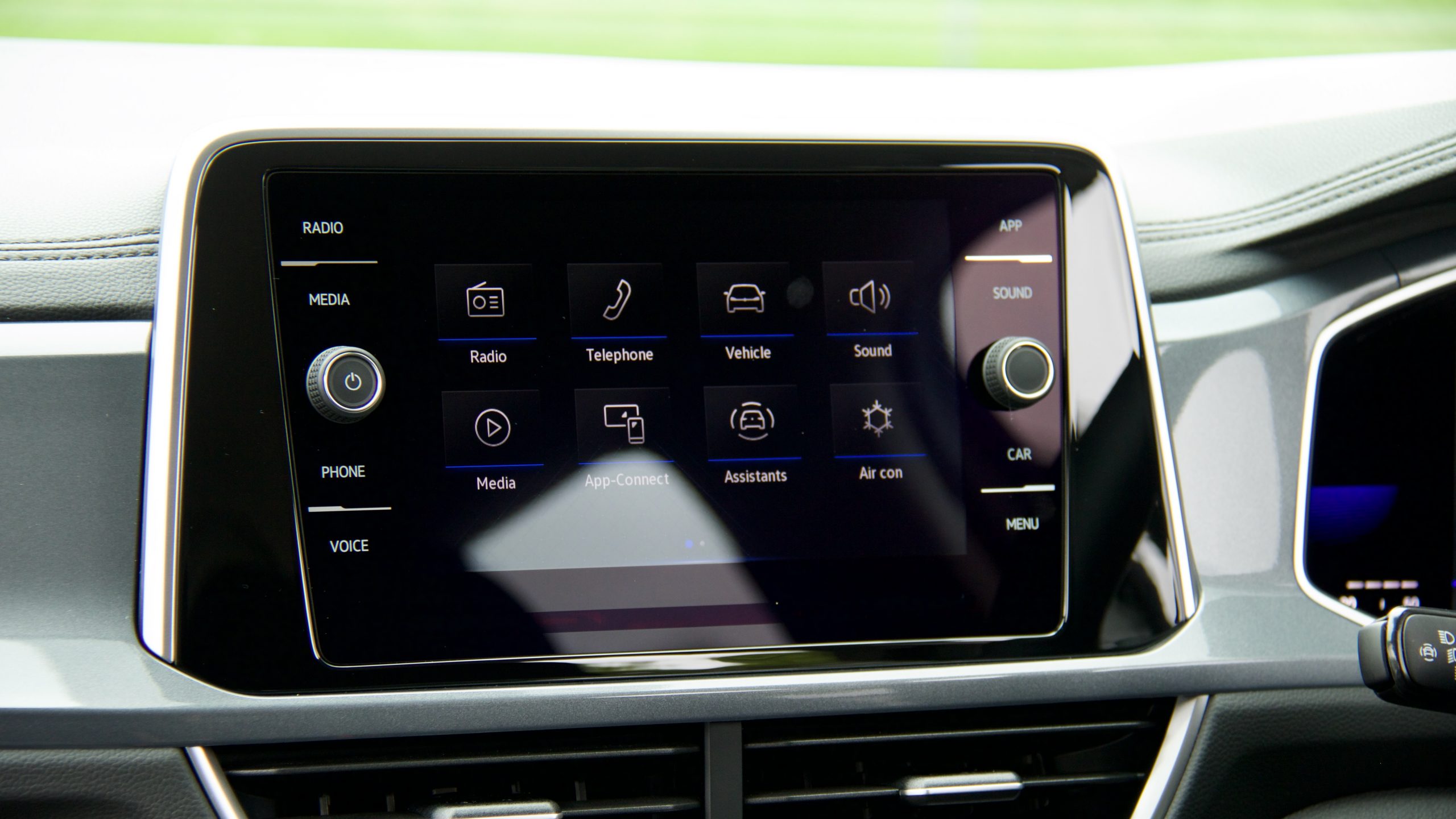
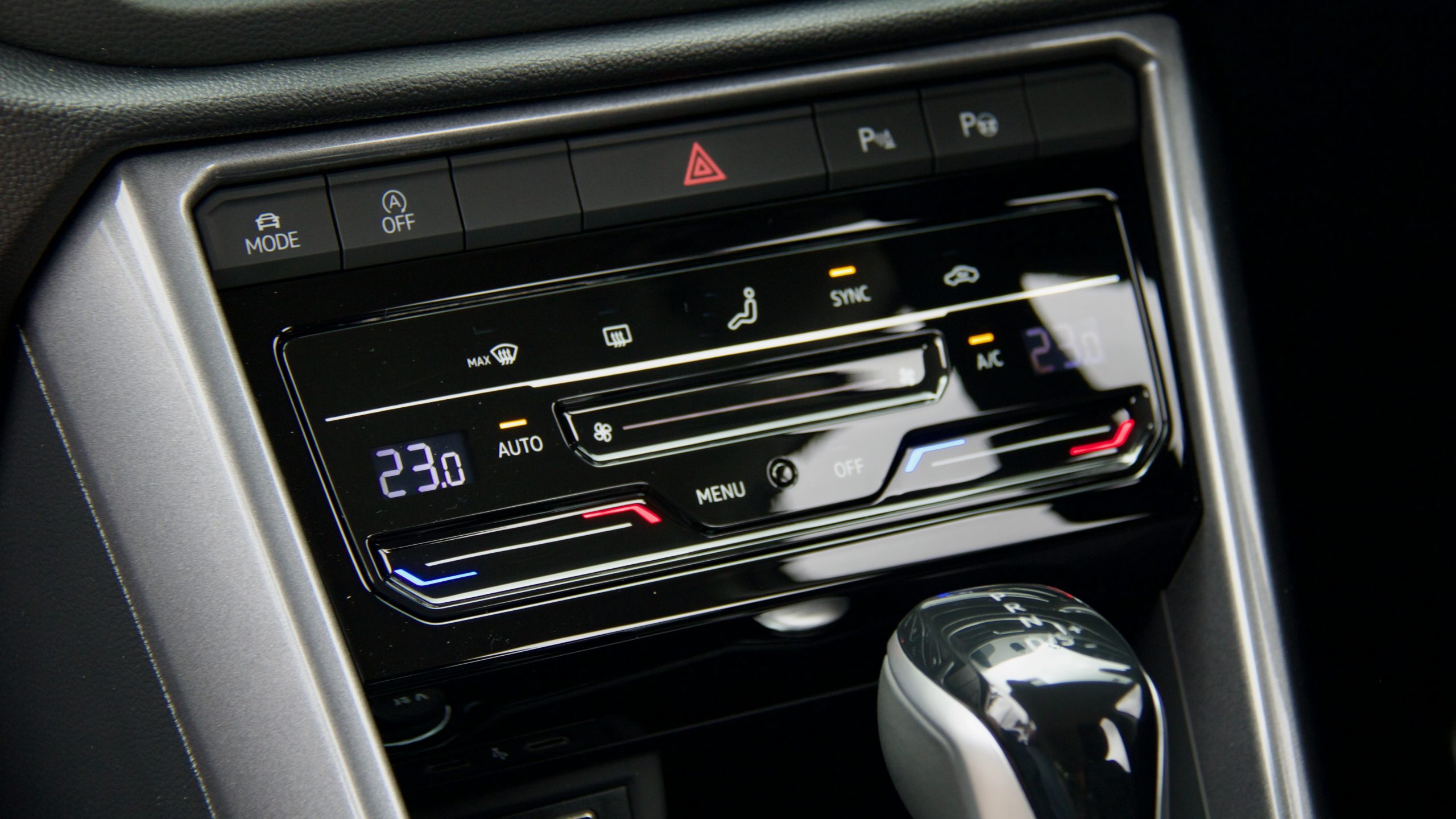
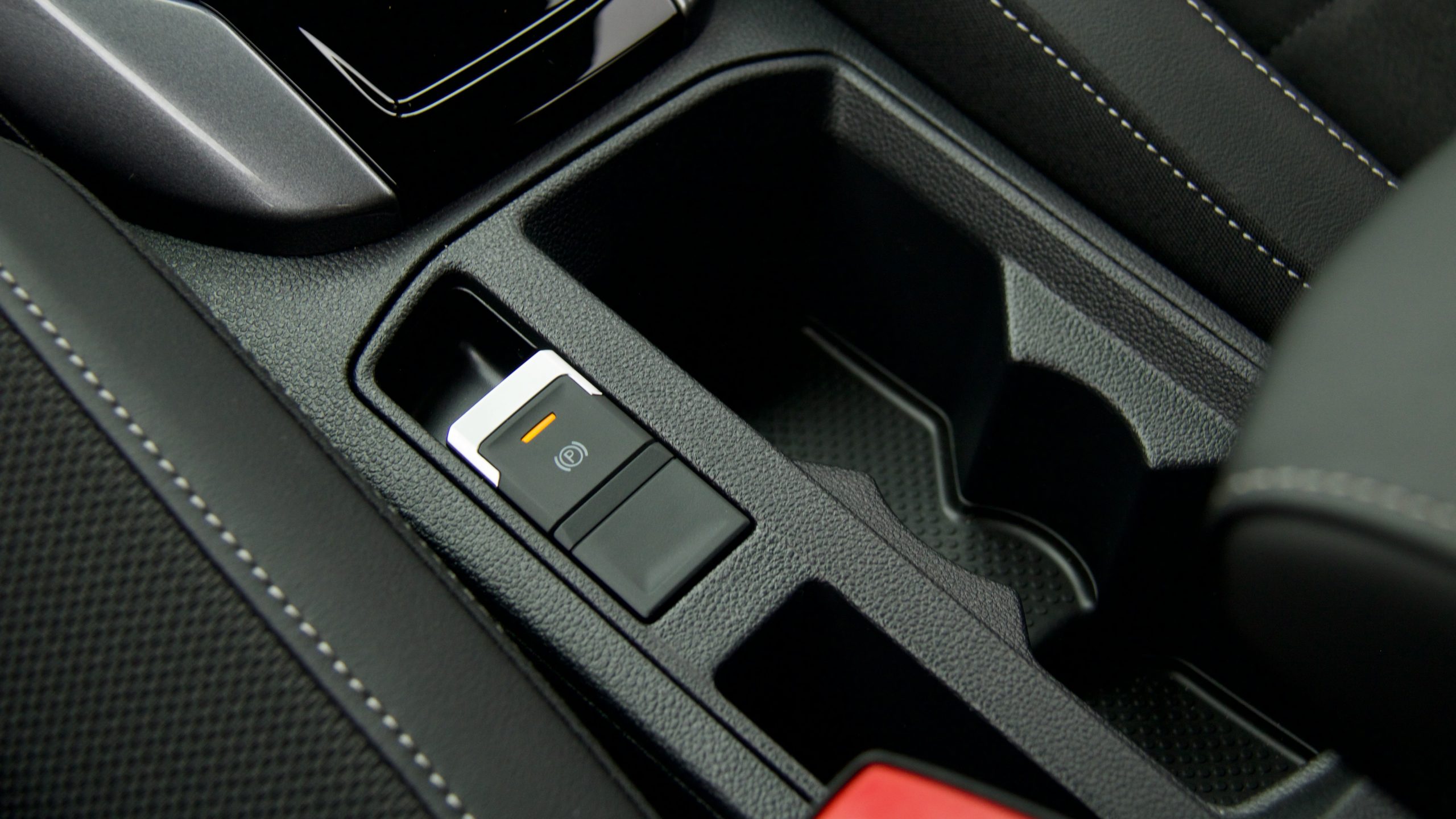
Standard equipment on the Style includes 18-inch alloy wheels, automatic all-LED lighting with automatic wipers, chrome roof rails, a black contrasting roof colour, rear privacy glass, black cloth and leather ‘Microfleece’ upholstery, eight-way manual front seats (including lumbar adjustment), a leather steering wheel with paddle shifters, dual-zone climate control with rear air vents, keyless entry and start, heated and auto-folding mirrors with puddle lamps, an 8.0-inch touchscreen with wired Apple CarPlay and Android Auto, digital radio, a digital instrument cluster, a six-speaker sound system, a wireless phone charger, four USB-C ports, LED interior ambient lighting, driving modes and an auto-dimming rear mirror.
Safety kit includes six airbags, auto emergency braking (AEB) with pedestrian and cyclist detection, lane keep assist with lane trace assist, emergency assist, driver fatigue monitoring, auto high beam, adaptive cruise control with stop and go functionality, low-speed automatic front and rear braking, front and rear parking sensors, automatic parallel and perpendicular parking and a reversing camera. Blind-spot monitoring and rear cross-traffic alert are currently unavailable due to the chip shortage – but they will return in due course. The T-Roc range carries a five-star ANCAP.
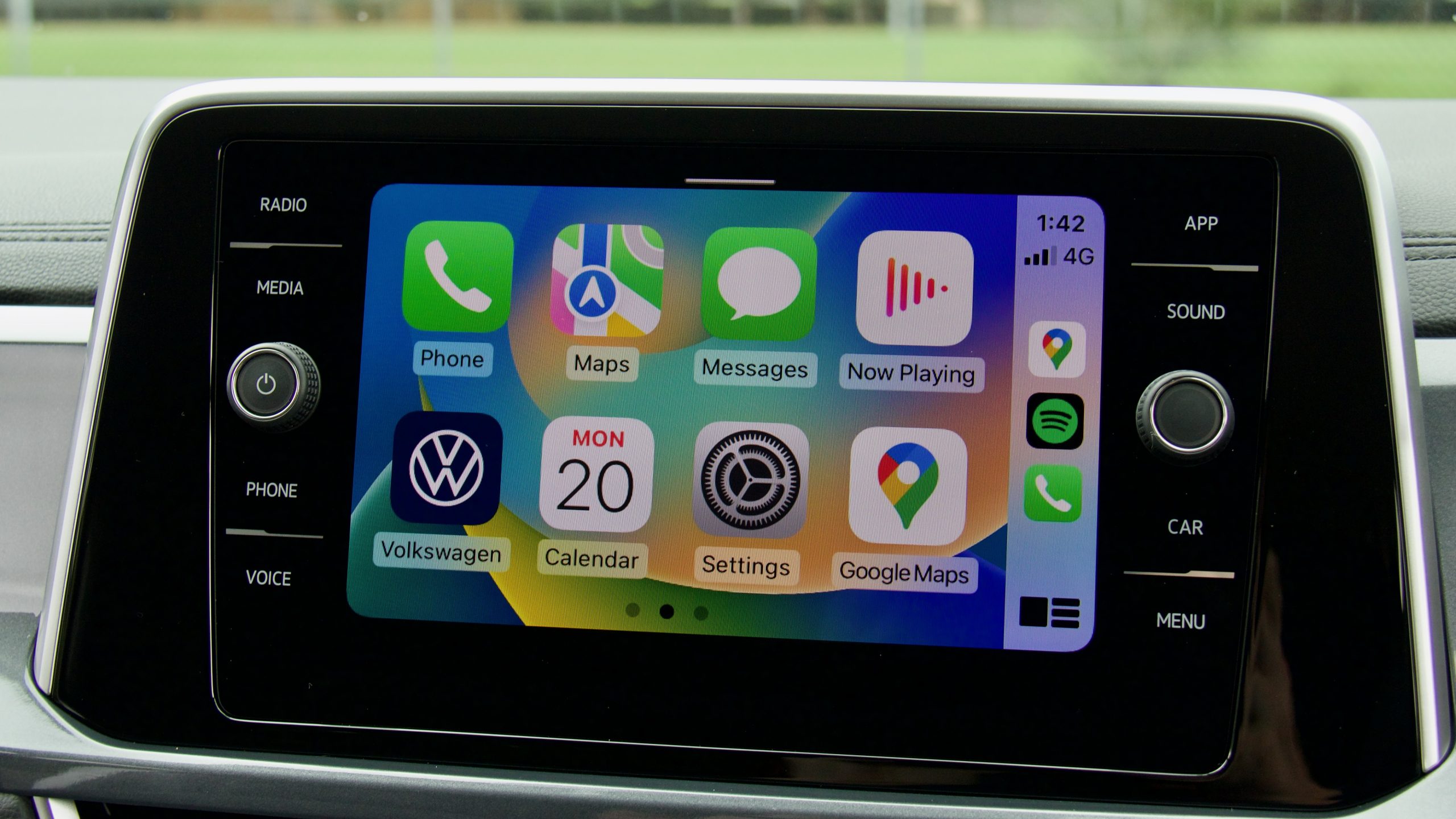
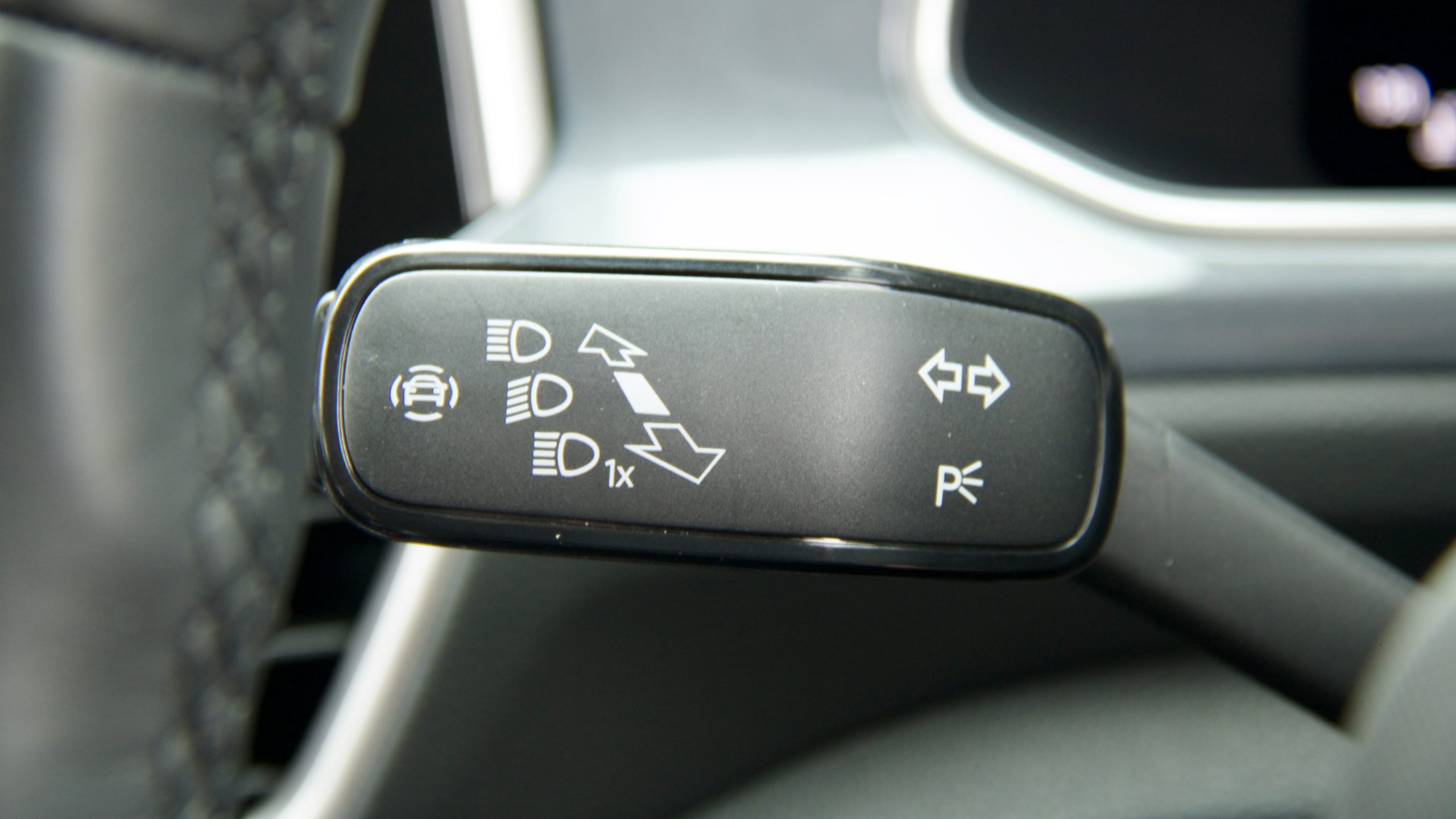
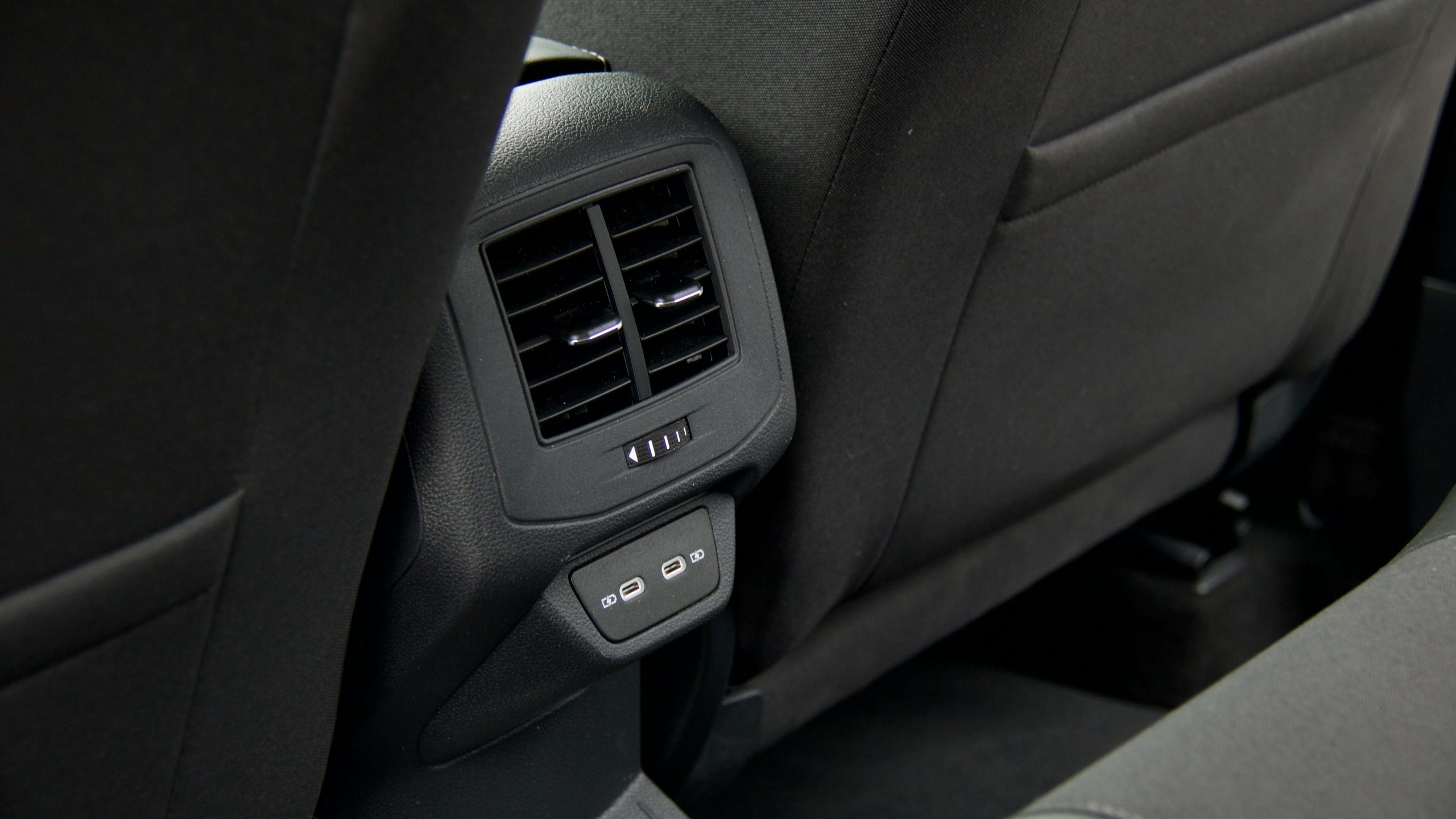
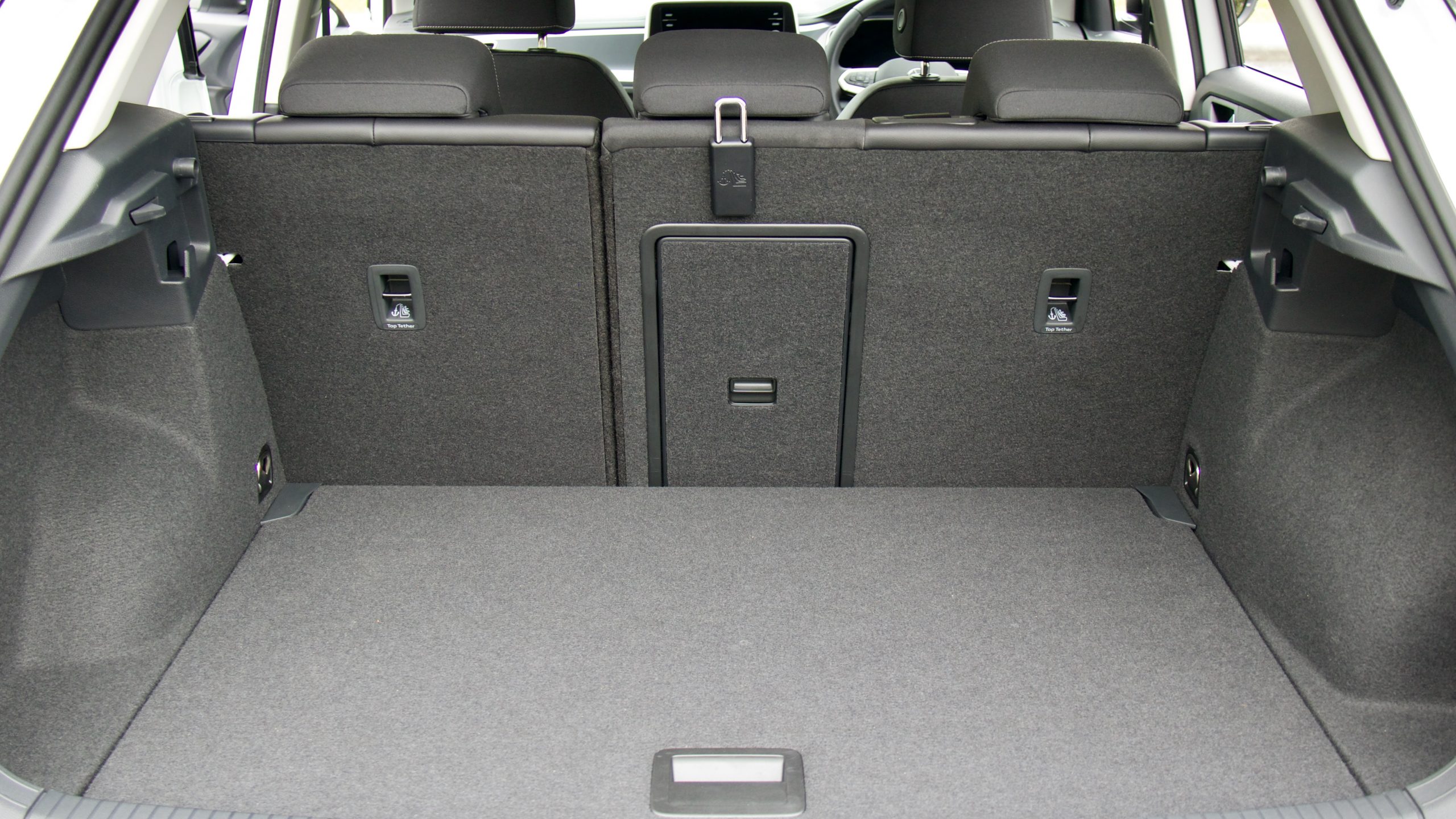
The only no-cost colour option on the T-Roc Style is the ‘Pure White’ on our test car, while ‘Kings Red’ is $900 extra and ‘Pyrite Silver’, ‘Indium Grey’, ‘Petroleum Blue’ and ‘Ravenna Blue’ are all $700 extra. The black/grey mix upholstery is the only interior colour option – the optional leather is a similar colour.
Optionally available on the T-Roc Style is the $600 kick-to-open power tailgate, a $2,000 sunroof, the $2,050 Sound and Vision Package (this includes an eight-speaker 300W Beats sound system, inbuilt satellite navigation, wireless Apple CarPlay and Android Auto and a larger digital instrument cluster with mapping) and the $3,450 Leather Package (this includes leather upholstery, a 10-way electric driver’s seat with memory functionality and heated front seats).
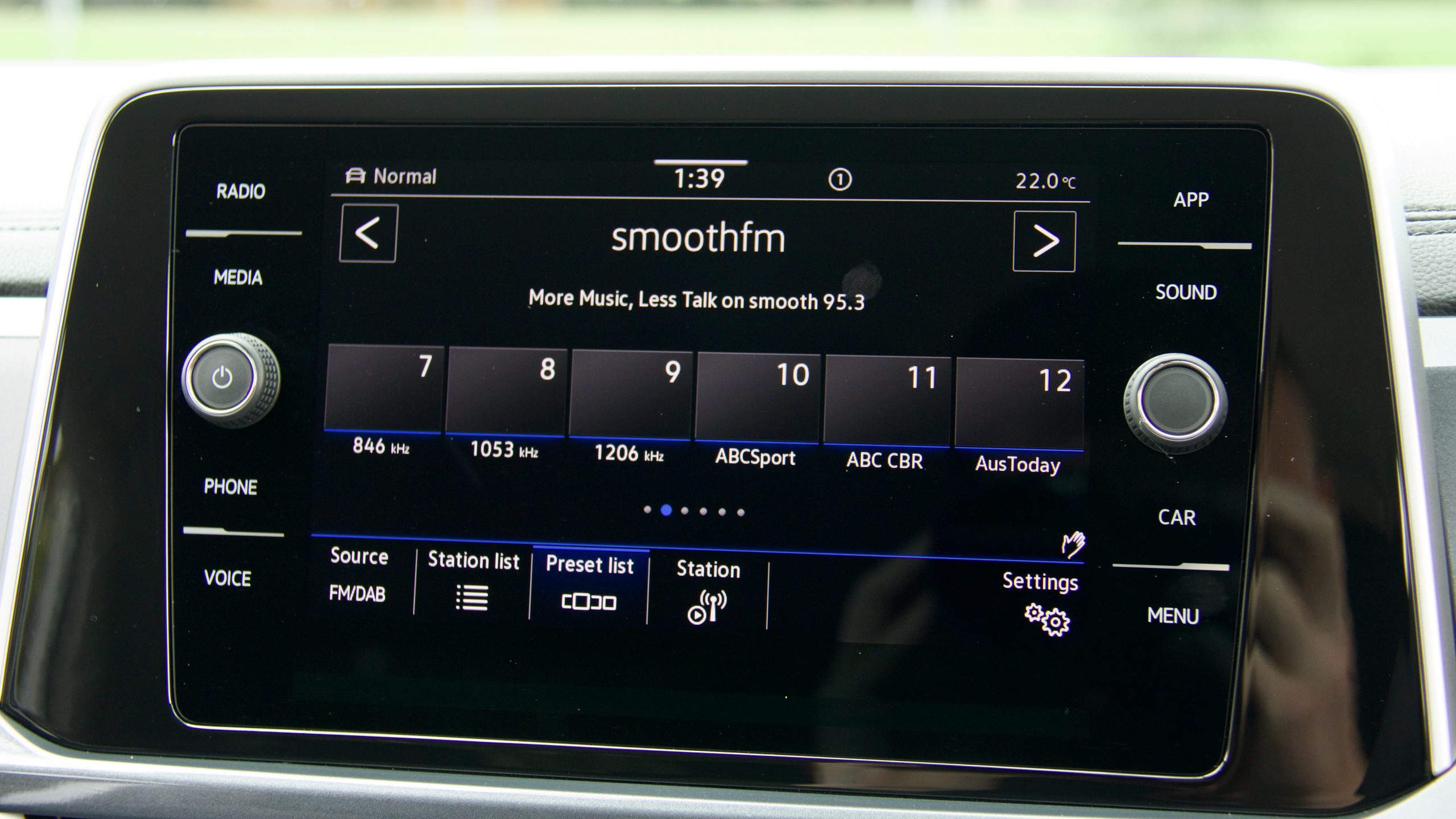
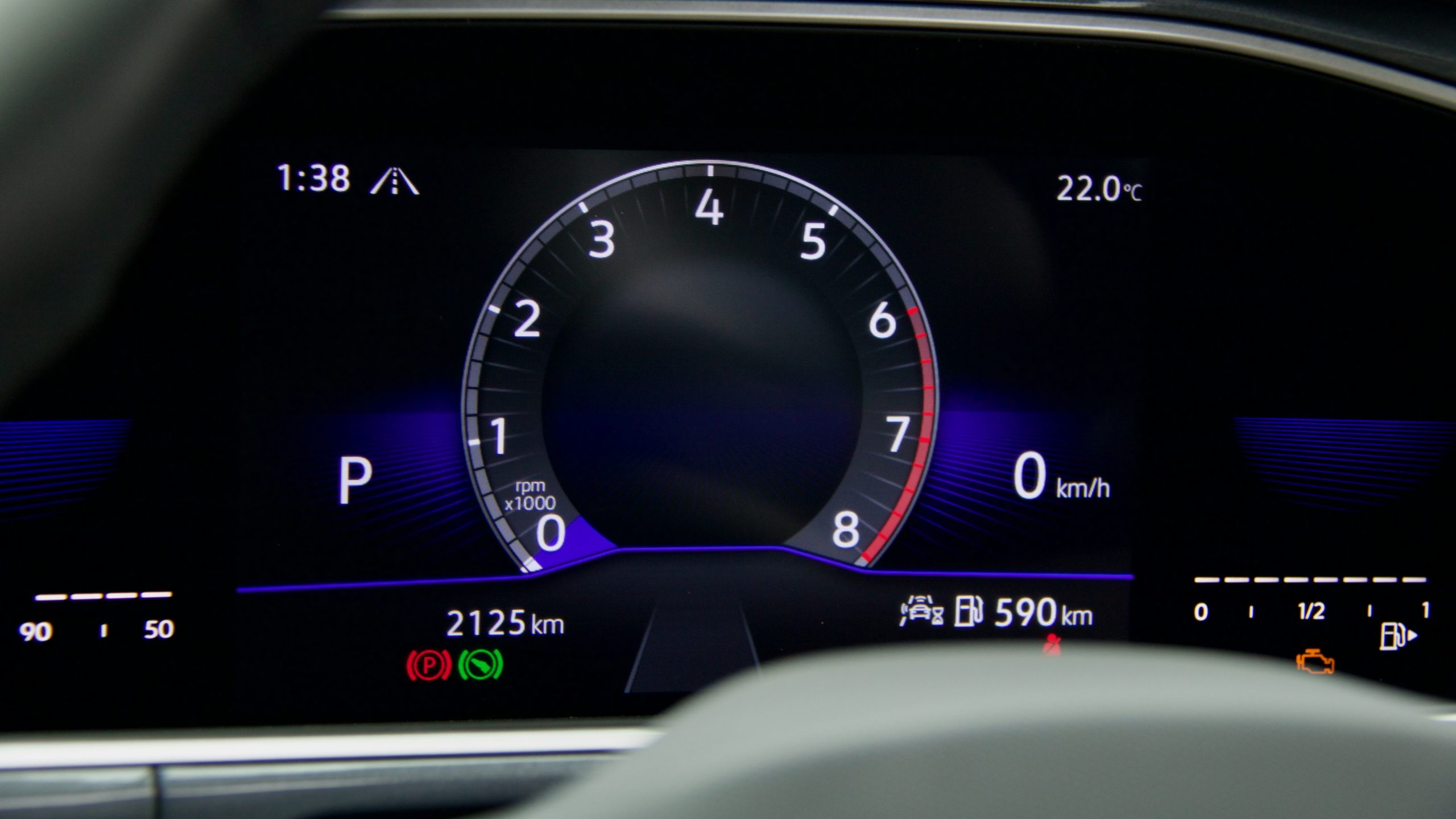
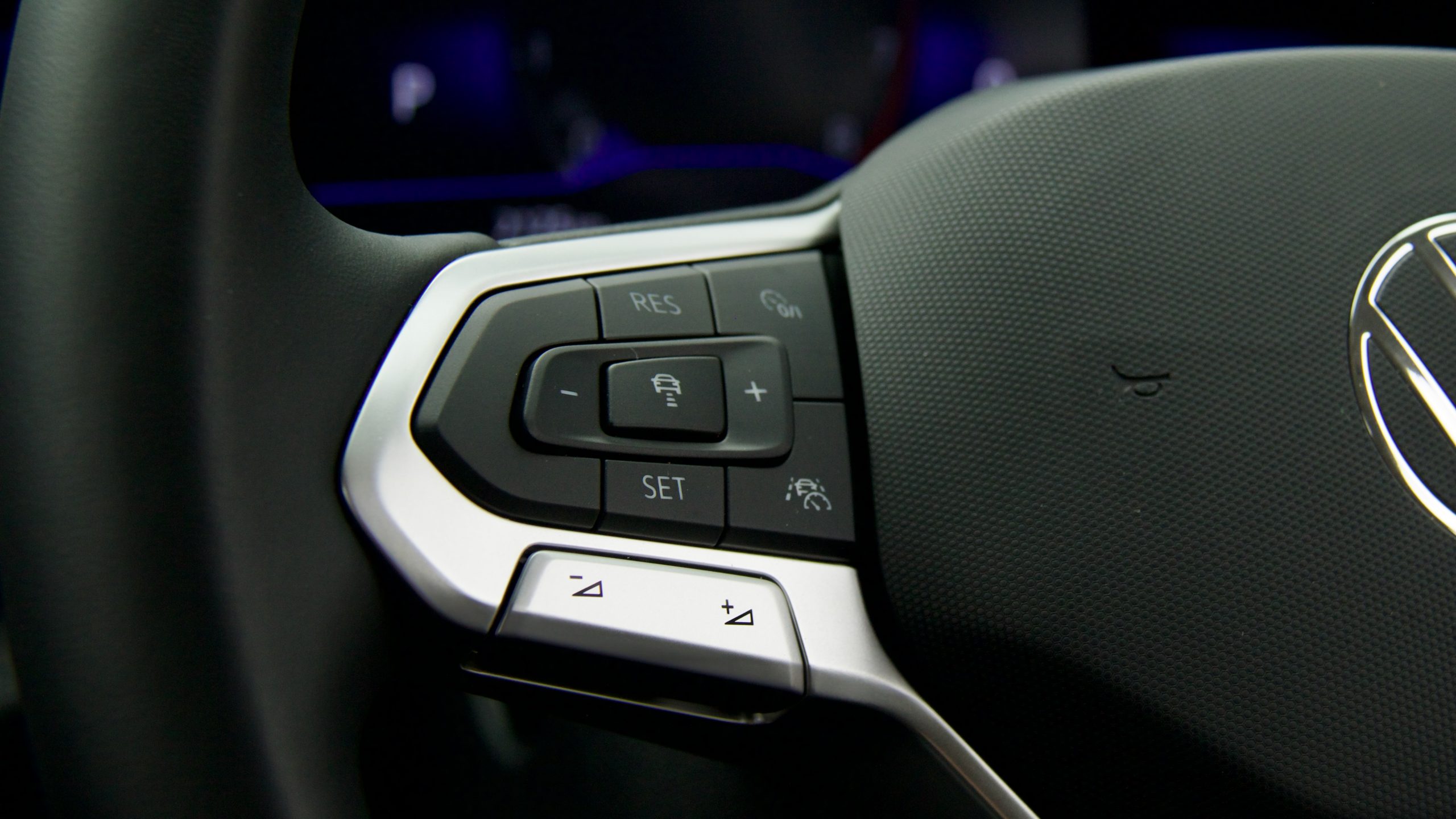
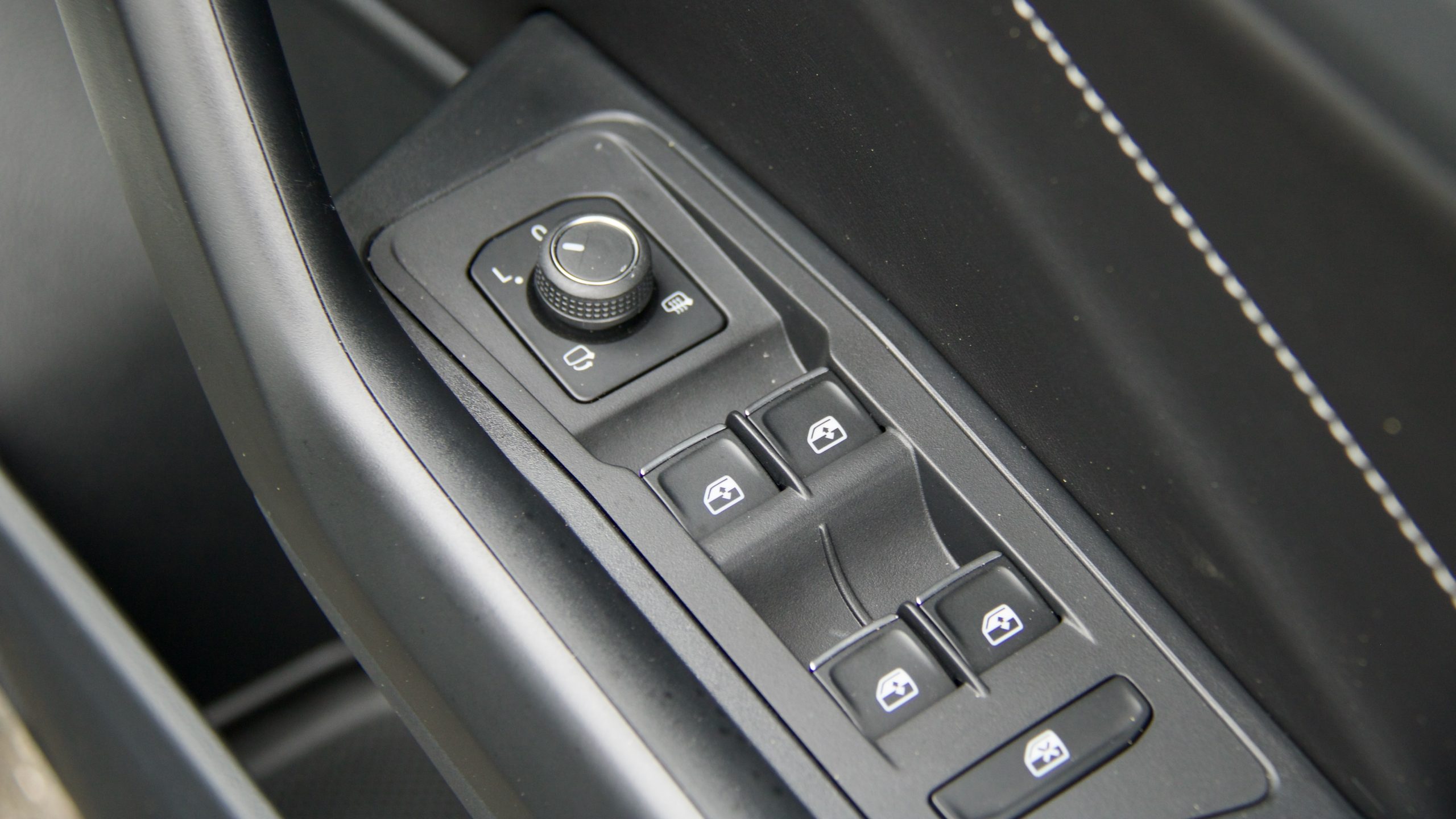
We consider the Kia Seltos Sport+ ($38,490 drive away) and the Toyota Corolla Cross GXL (around $41,000 drive away) to be the T-Roc’s main rivals as they offer a similar level of kit to the Volkswagen – the Corolla Cross features half faux leather to the Seltos’ and T-Roc’s mostly-cloth (with bits of leather) trims, while both competitors have larger infotainment screens with inbuilt navigation to the T-Roc’s smaller 8.0-inch unit and no satellite navigation and a few more airbags than the Volkswagen.
But the Volkswagen features lots of smaller features like height and lumbar adjustment for both front seats, a passenger mirror that dips automatically in reverse, puddle lamps, automatic wipers, all-USB-C ports (both the Seltos and Corolla Cross still use older USB-A ports in their front cabins), a dual-level boot floor to help practicality and safety features like automatic braking in reverse and emergency assist, which will gently slow the car to a stop if the driver becomes unresponsive.
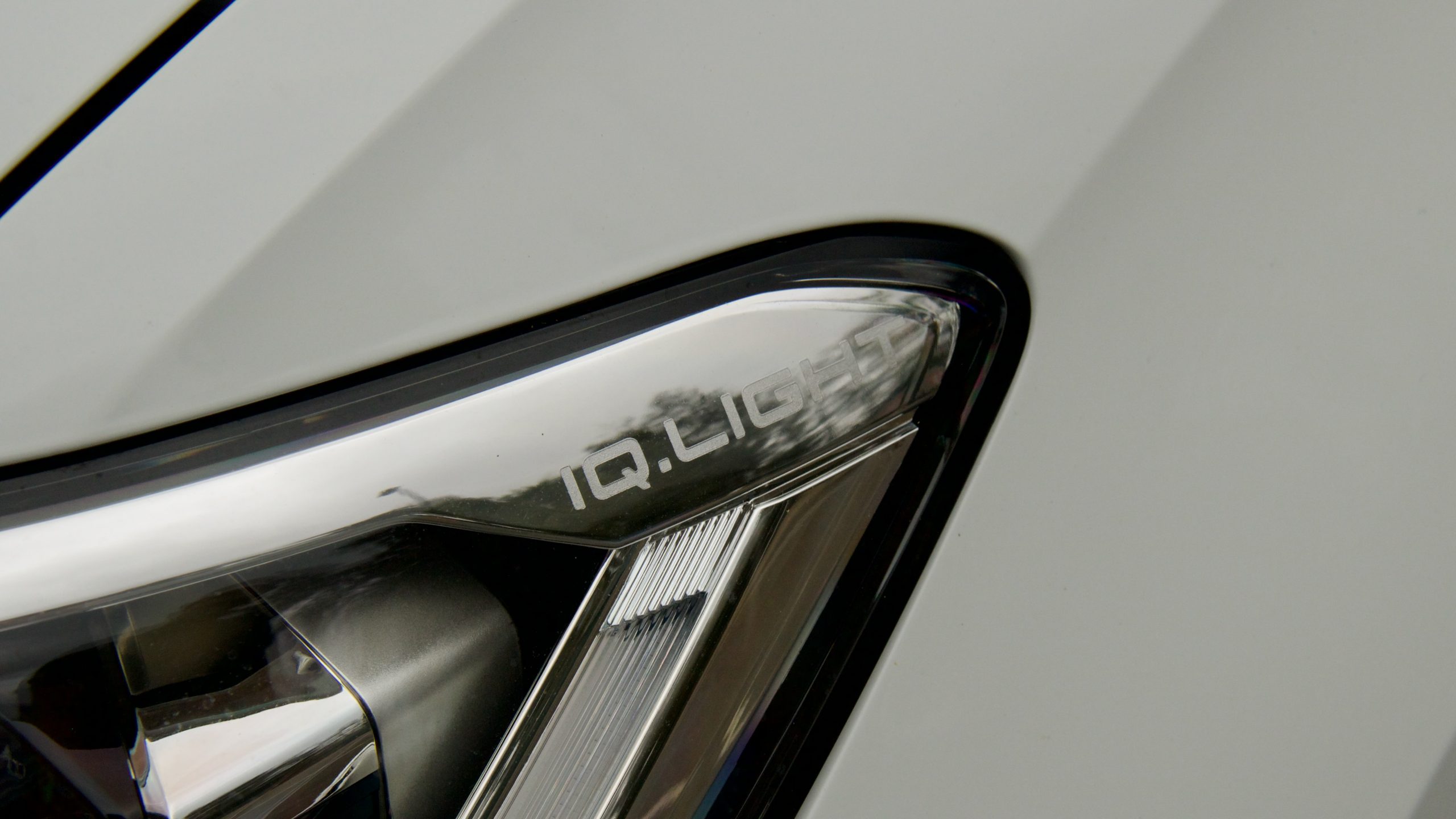
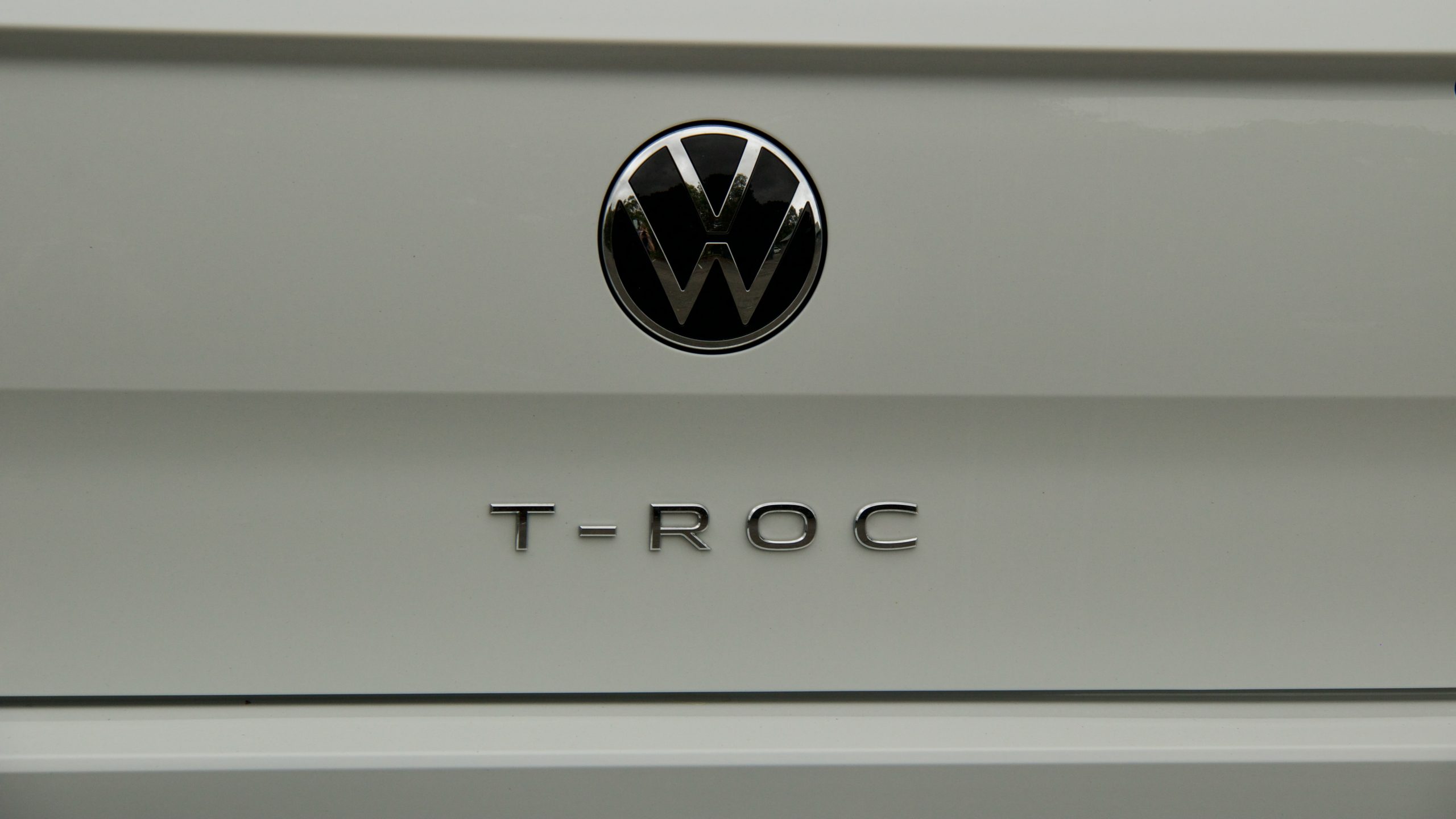
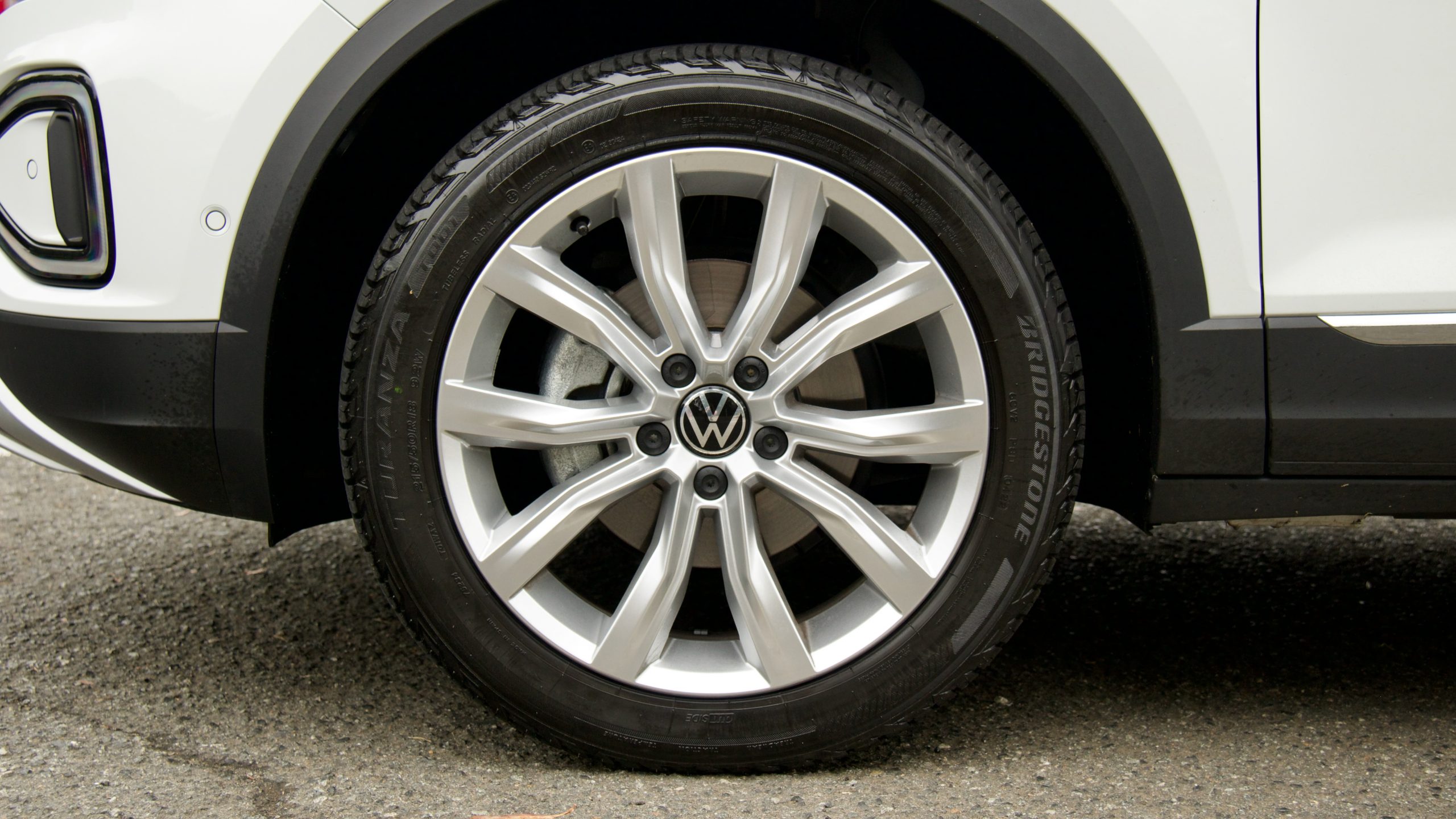
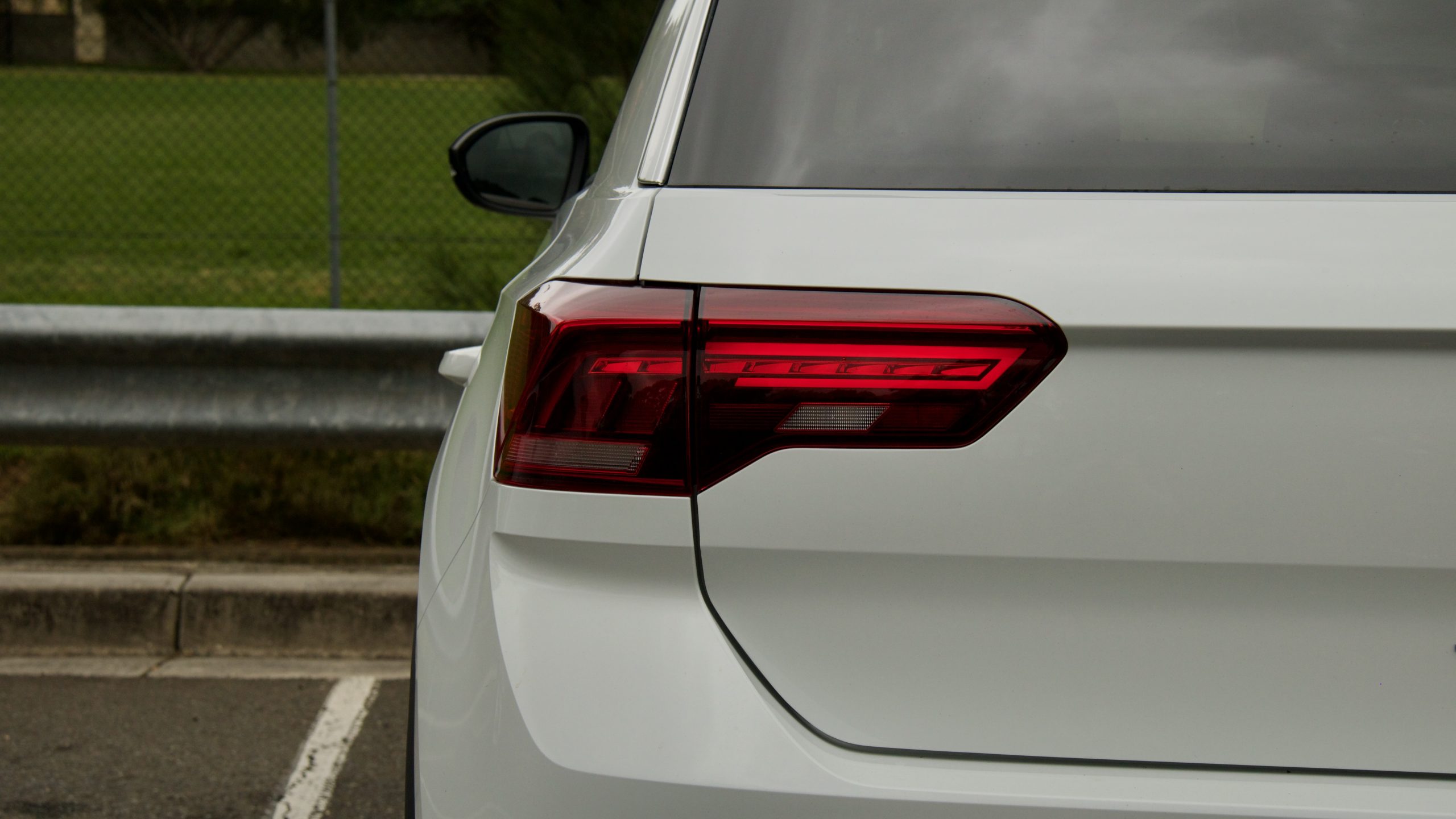
We do think the T-Roc could feature more standard equipment at base level like satellite navigation, live services, along with wireless Apple CarPlay and Android Auto. Its pricing has also crept up since it was released, but regardless, we think that it’s still good value for money.
Performance & Economy: 8/10
Under the bonnet of the 2023 Volkswagen T-Roc Style 110TSI is a turbocharged 1.4-litre four-cylinder petrol engine that’s served in many other Volkswagen Group products. It makes 110kW of power (at 5,000rpm) and 250Nm of torque (between 1,500rpm and 3,500rpm) and is mated to an eight-speed automatic transmission. The T-Roc Style 110TSI is front-wheel drive only – step up to the R-Line and you get a larger 2.0-litre engine, a seven-speed dual-clutch automatic transmission and all-wheel drive.
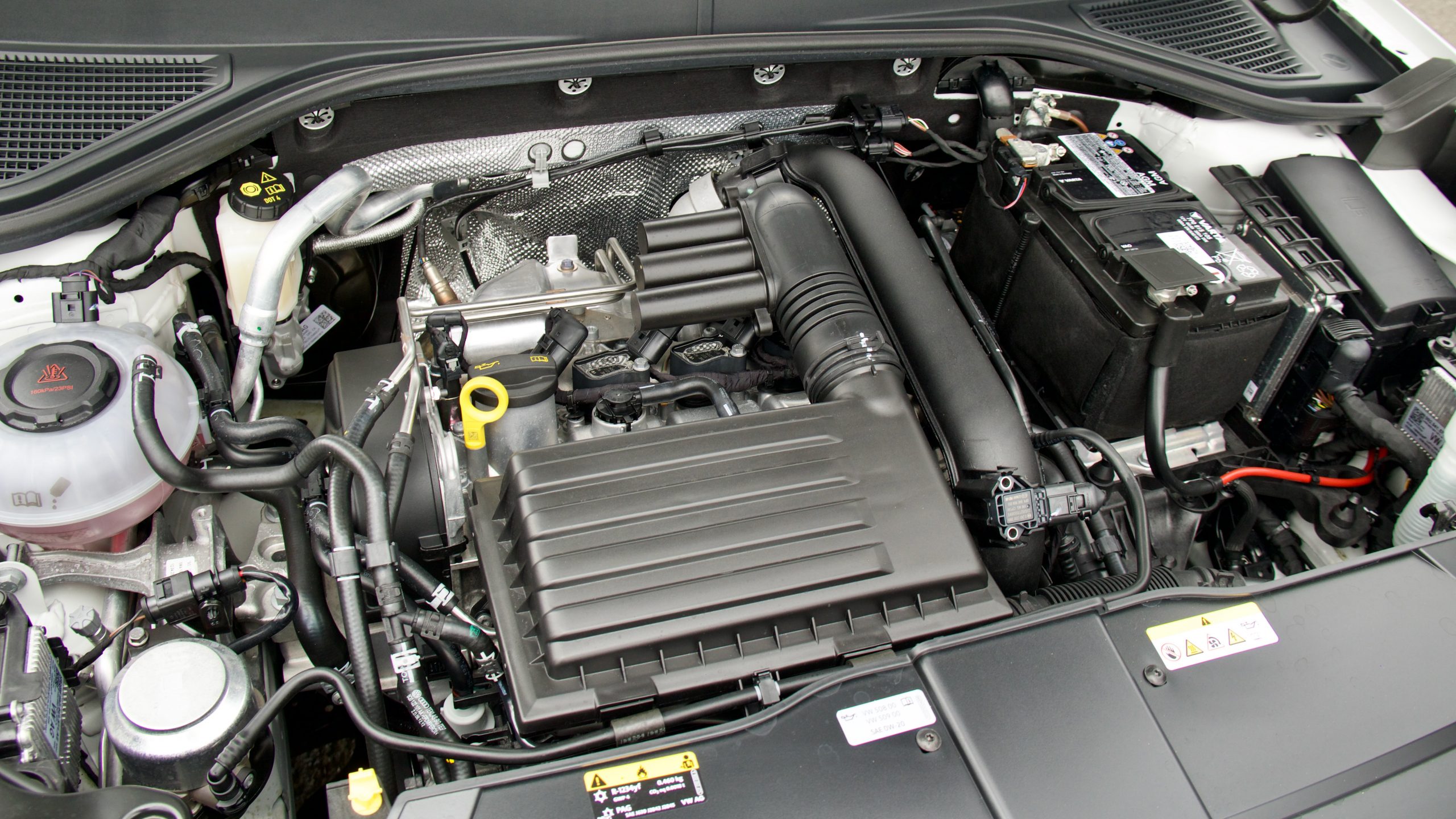
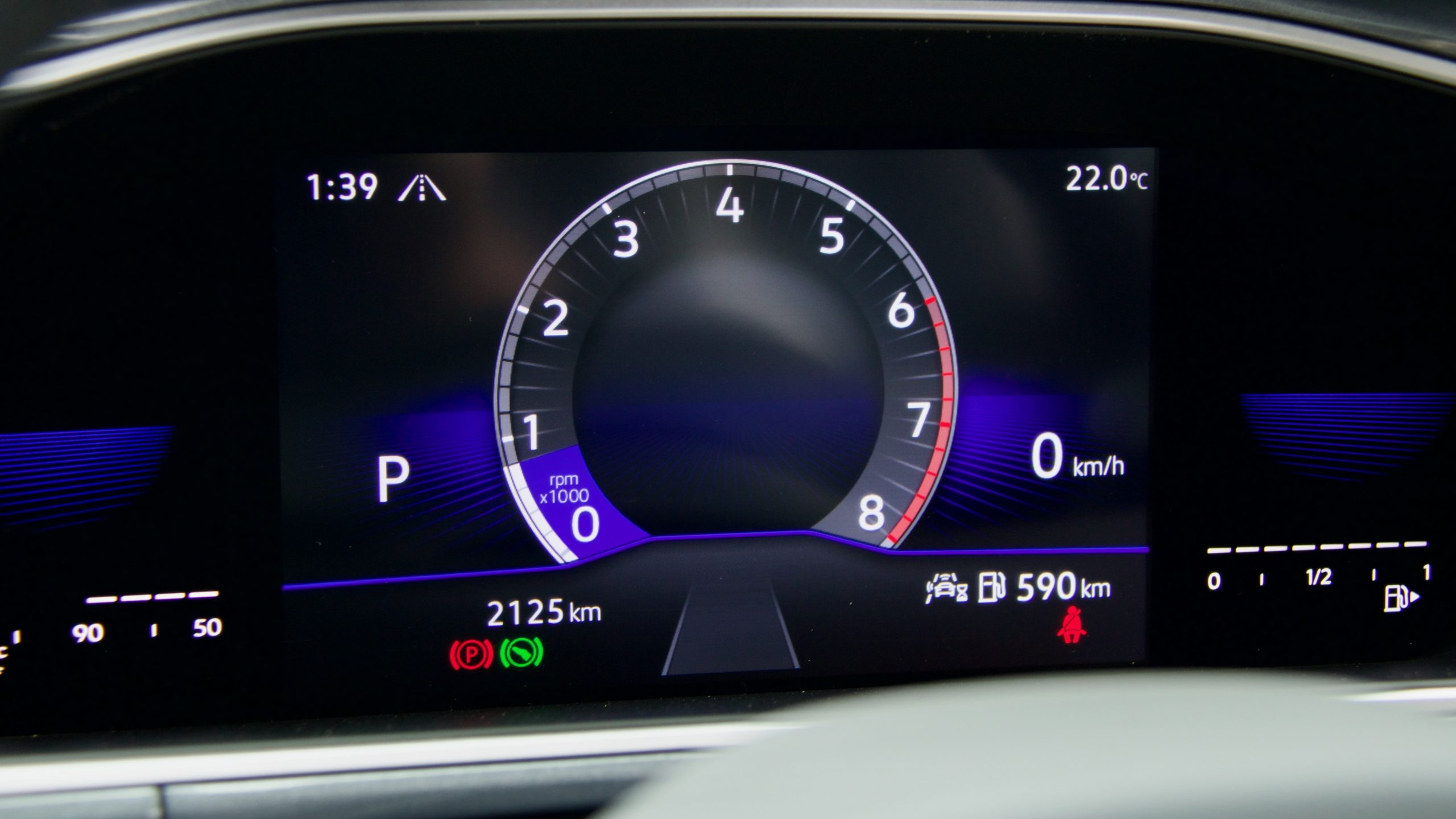
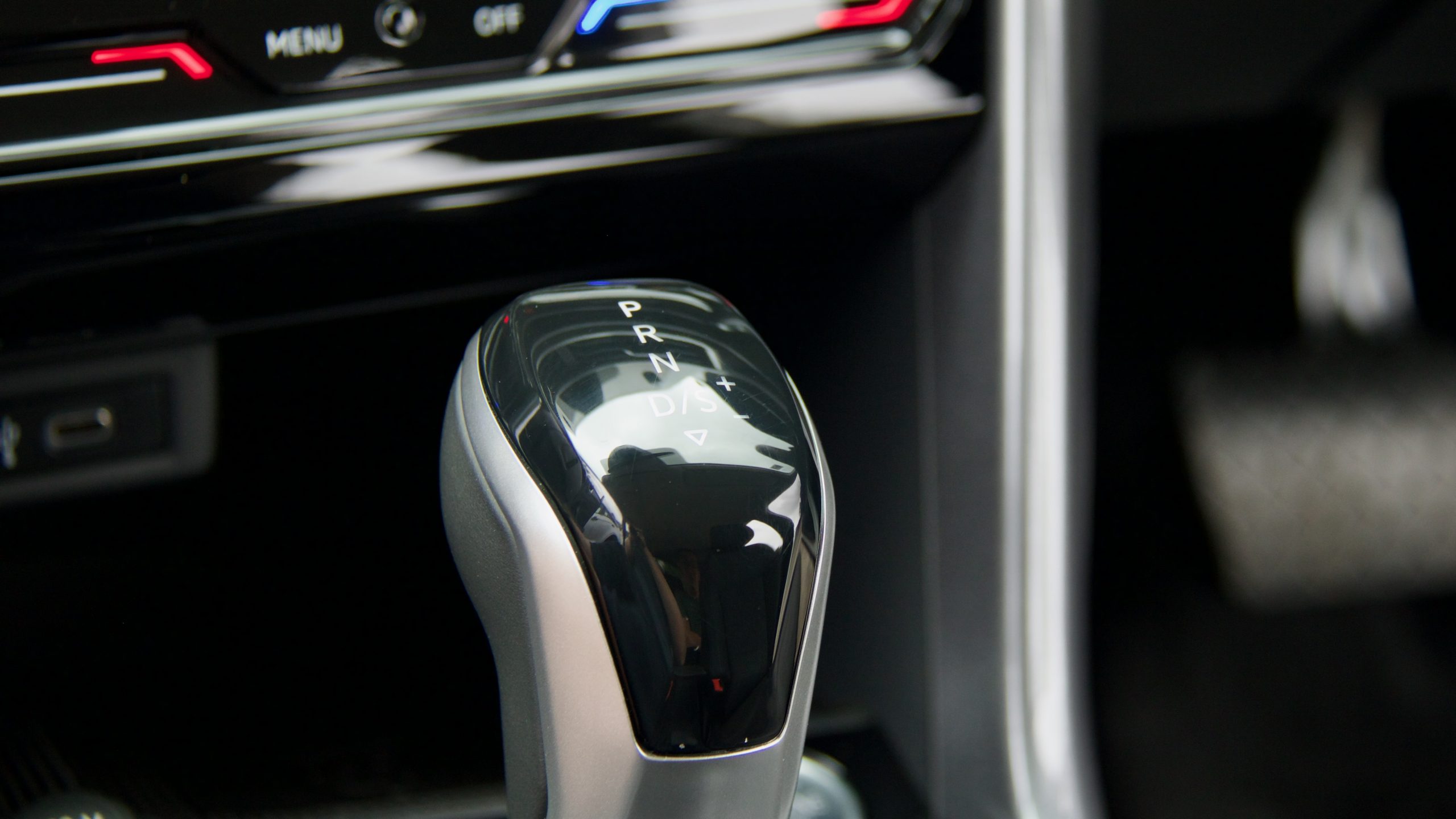
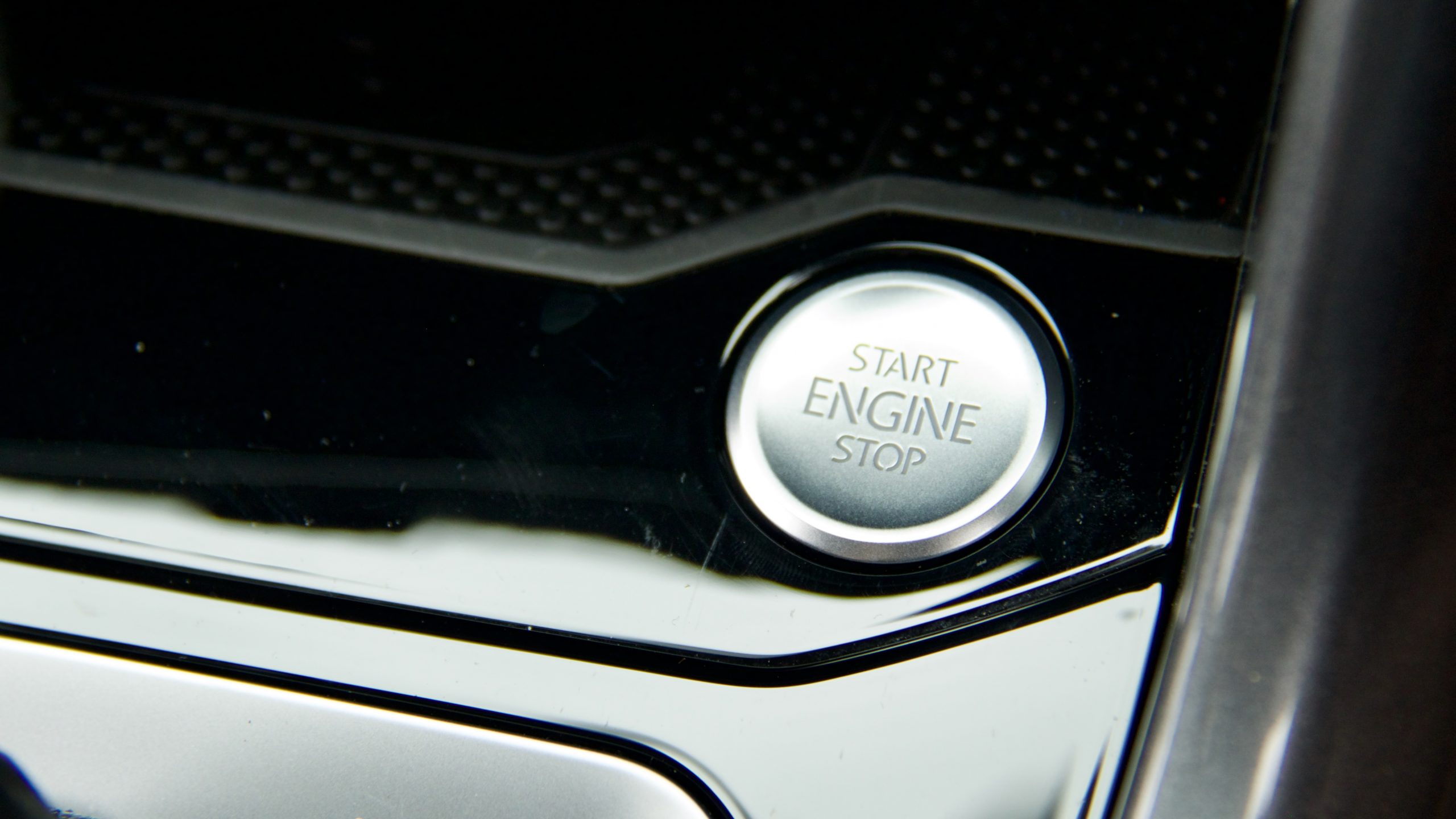
The 1.4TSI is a great engine that we’ve liked for years at DiscoverAuto. While Europe gets a newer 1.5-litre unit with the same outputs, we still think the 1.4-litre engine is one of the best in the segment thanks to its low end grunt – peak torque hits at just 1,500rpm – and its refinement is excellent too. In comparison to the loud engine in the Seltos, the T-Roc’s donk is luxuriously. Its claimed 0-100km/h sprint time is a respectable 8.7 seconds, which is more than quick enough for its target market.
The only transmission available in the T-Roc Style is an eight-speed torque converter – that’s correct, a Volkswagen Group product without a dual-clutch DSG! In our opinion, the eight-speeder unit really emphasises the creamy smoothness of the 1.4-litre engine – it shifts quietly and largely imperceptibly, there’s also no low-speed stumbling and it’s a generally great gearbox. There are paddle shifters as well if you want to shift manually, but we found that it was so intuitive that we didn’t need to.
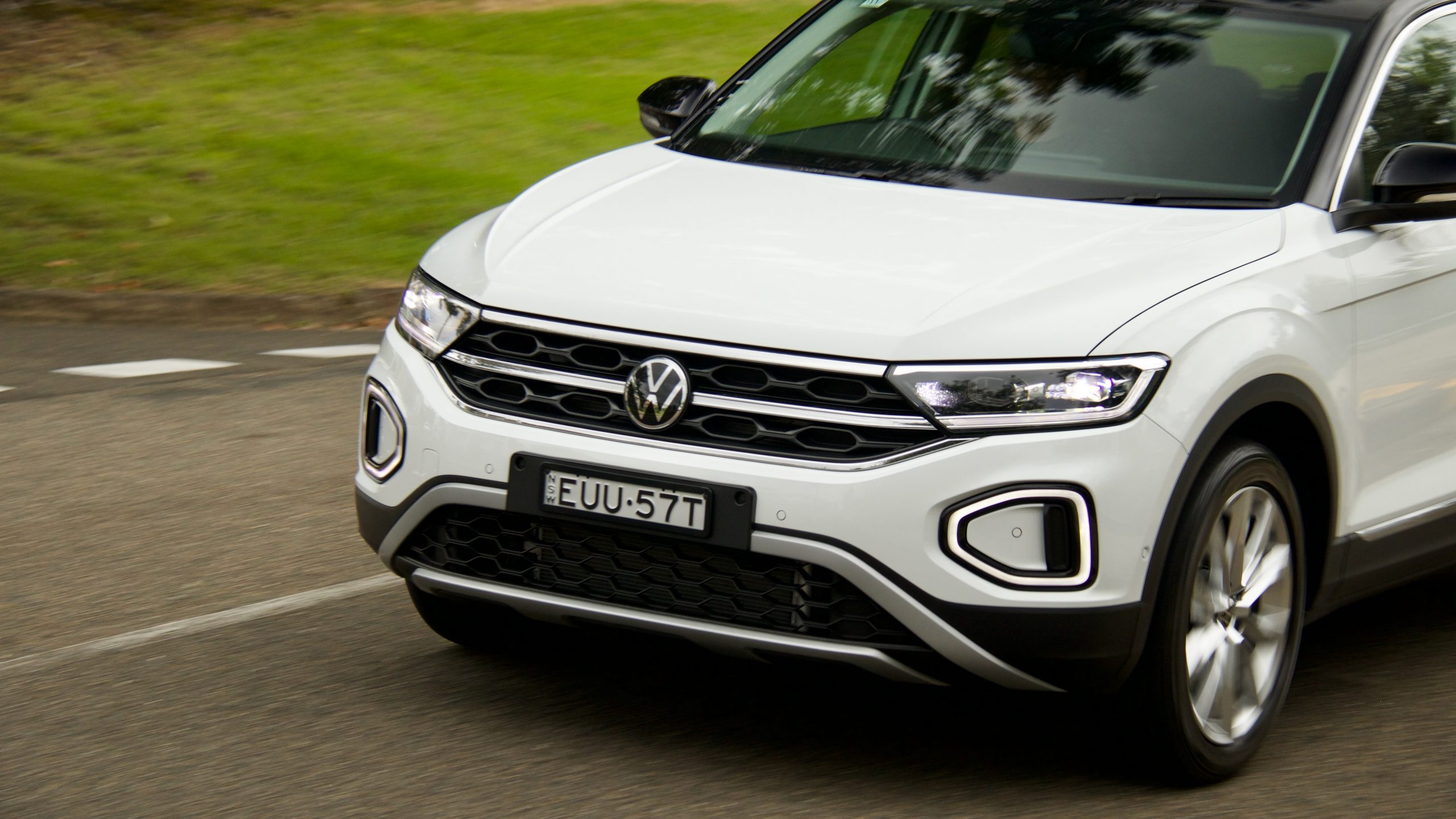
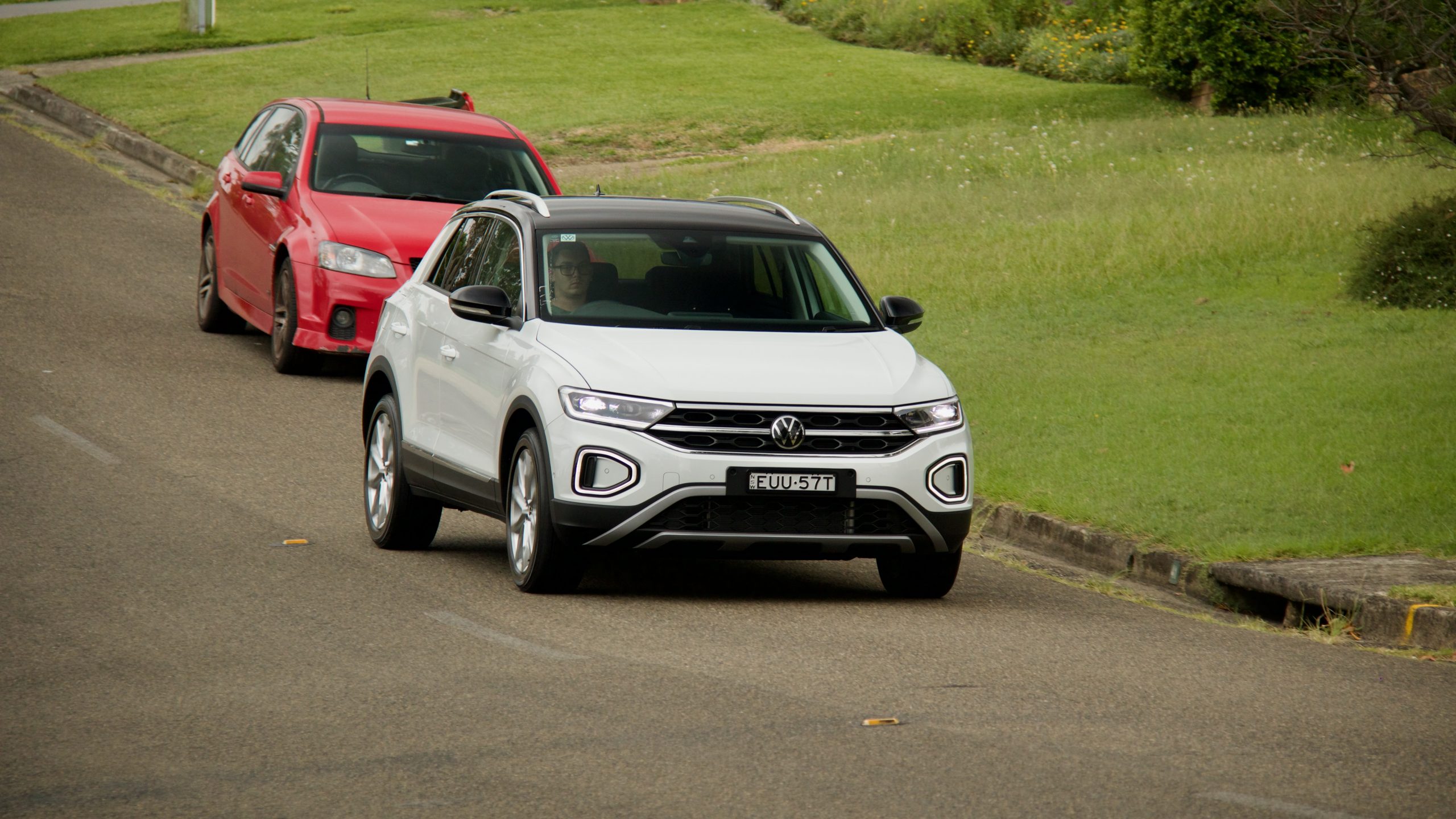
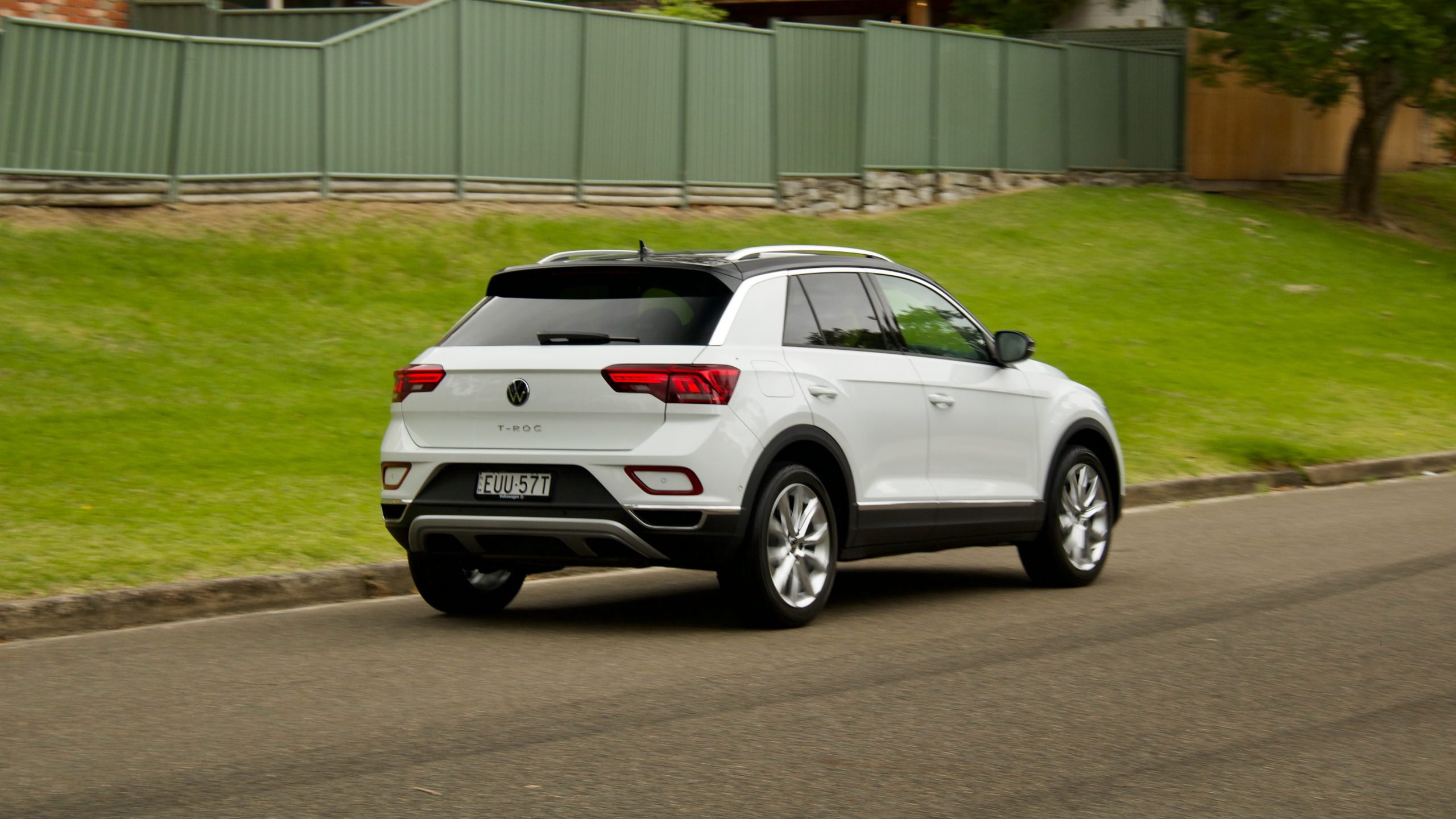
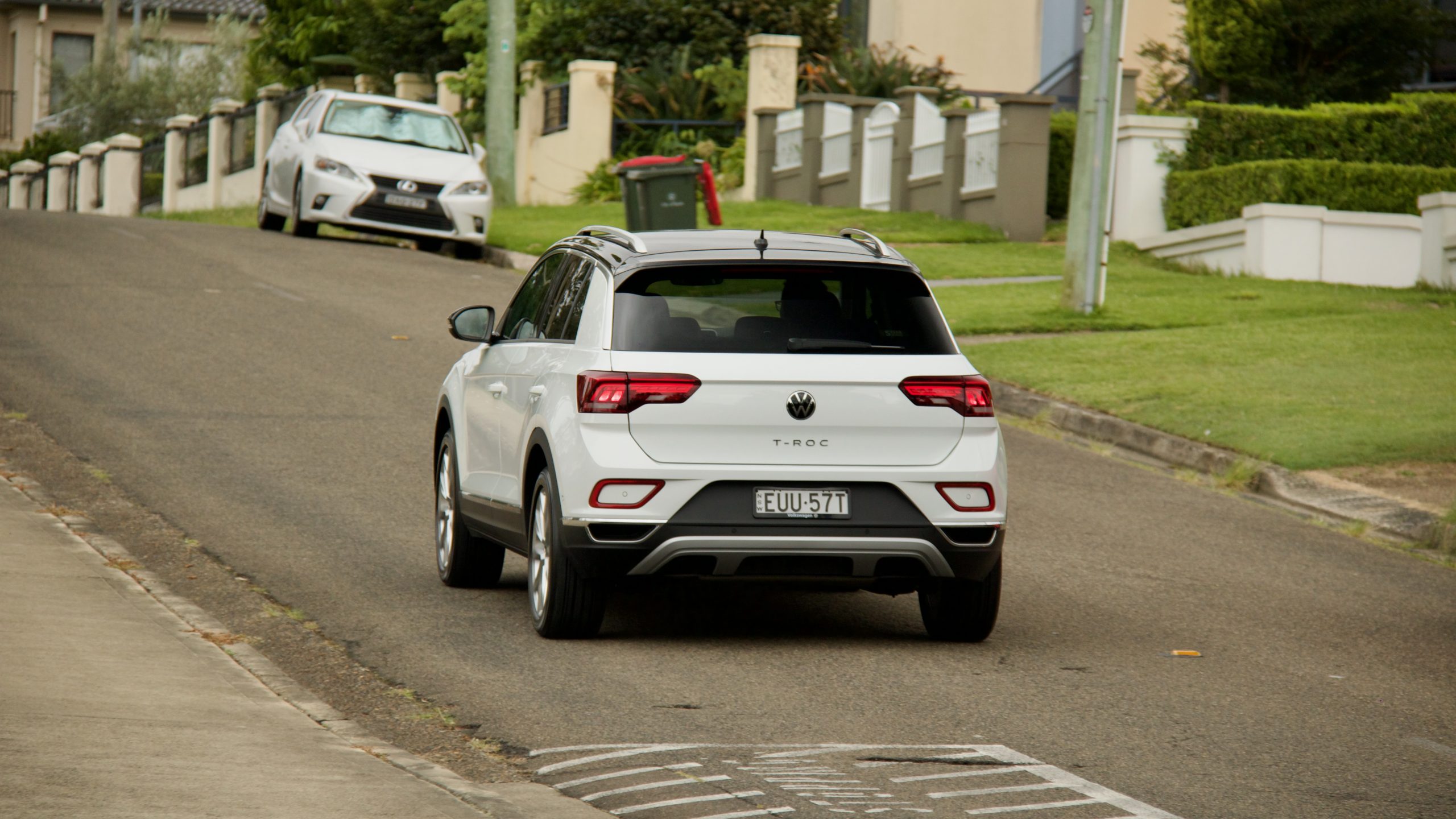
The T-Roc Style has multiple driving modes: eco, normal, sport and individual, in which you can tailor parameters like the steering weight to your taste. We found them to give slightly different personalities to the car – sport, for example, livens up the throttle response and adds weight for a sportier feel from behind the wheel and eco dulls the throttle for better fuel consumption. Speaking of fuel consumption, the claimed combined fuel consumption for the T-Roc Style 110TSI is 6.3L/100km, with CO2 emissions rated at 143g/km. In our testing, we achieved a respectable 7.2L/100km in mixed driving. The T-Roc needs minimum 95RON premium unleaded and has a 50-litre fuel tank.
Ride & Handling: 9/10
Using the same ‘MQB’ platform as a plethora of other Volkswagen Group products – from the iconic Golf to the Audi RS Q3, Skoda Superb and Cupra Formentor – the 2023 Volkswagen T-Roc Style drives quite well. Its ride quality is comfortable, yet in typical Volkswagen fashion, nicely firm with a well-judged level of rebound control. Despite using a less sophisticated torsion beam rear suspension set up versus the upper-spec T-Roc R-Line’s independent set up, the Style’s ride quality is pretty good and that’s irregardless of if you’re driving around town or in the country.
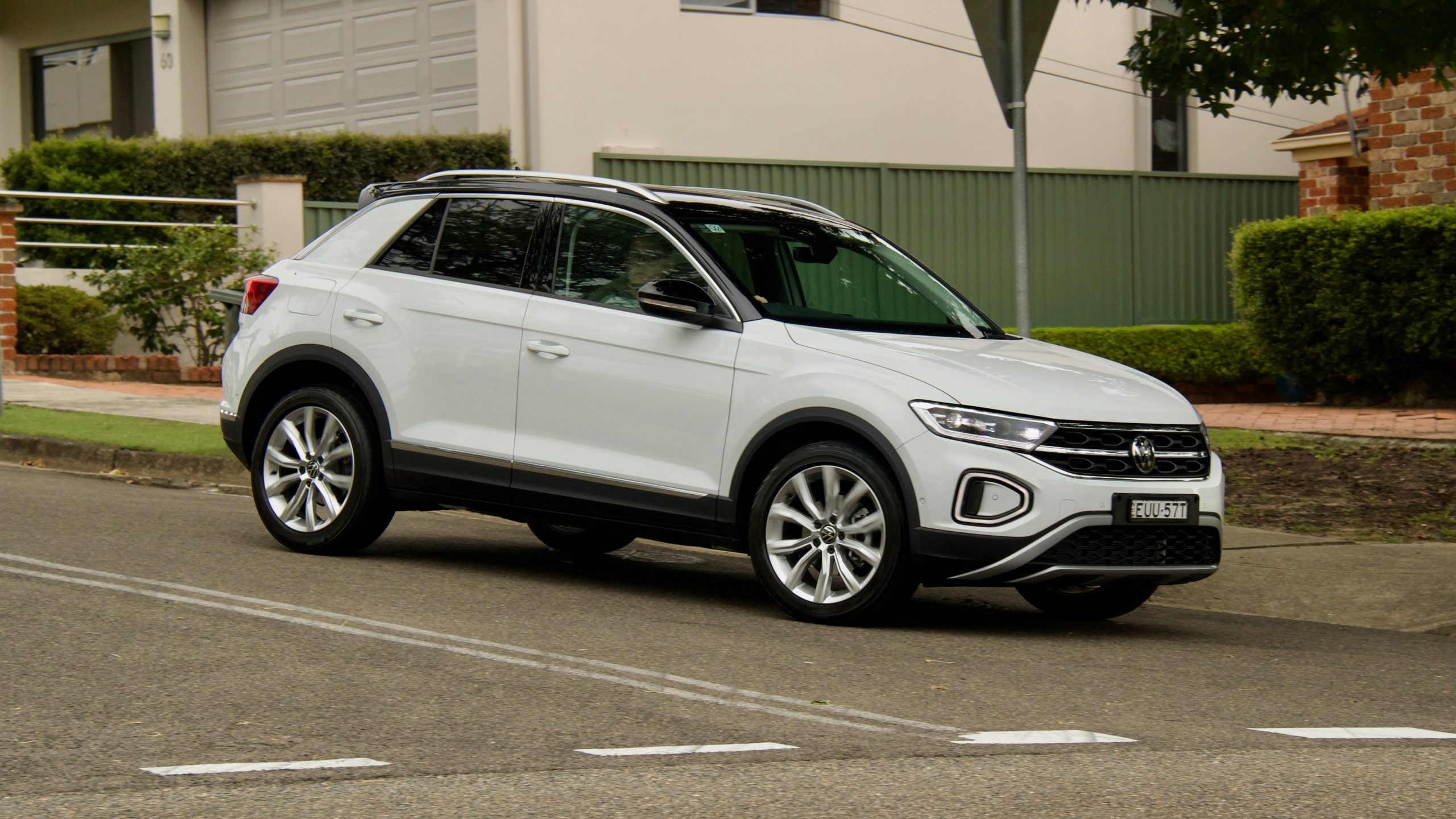
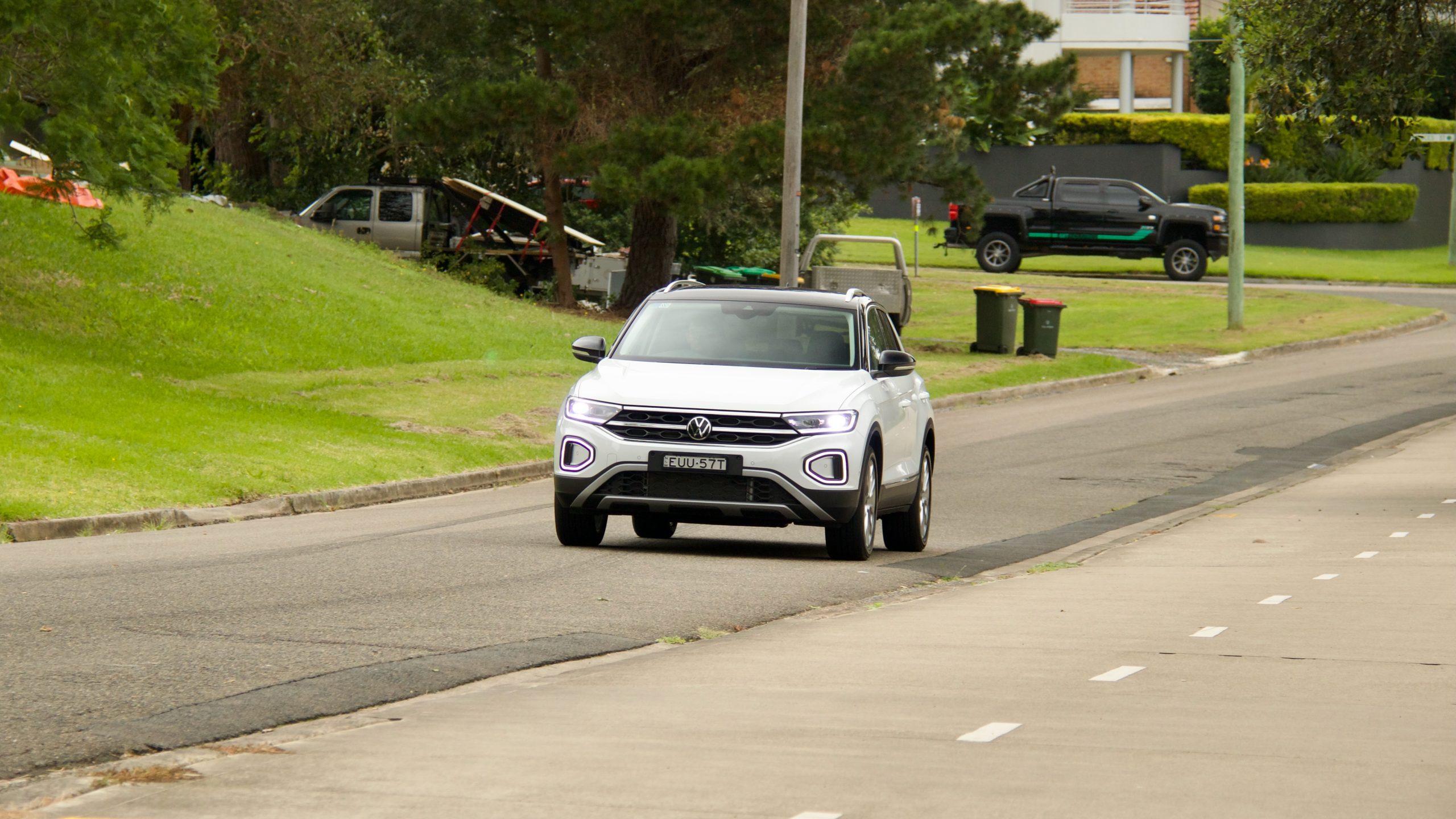
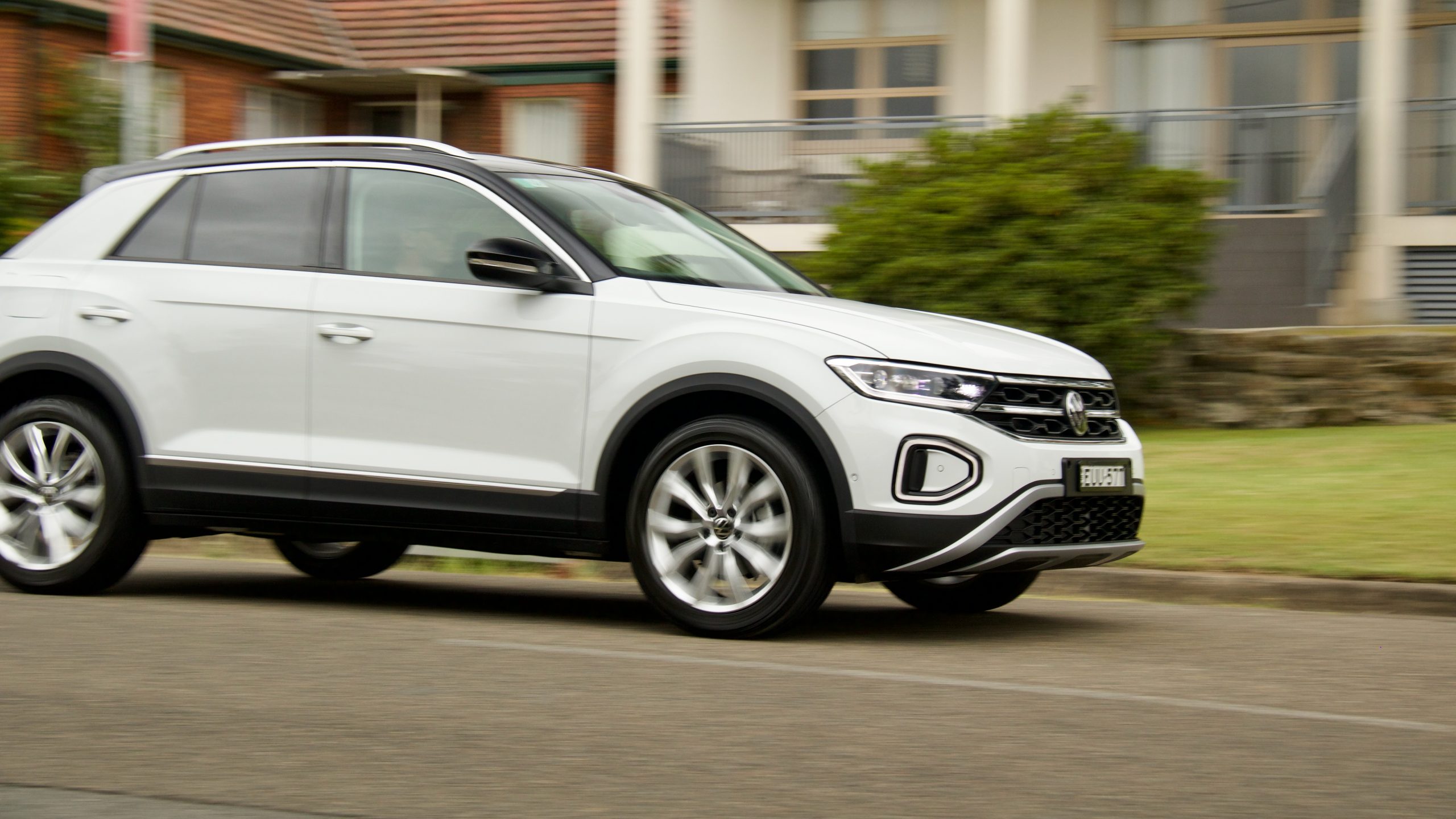
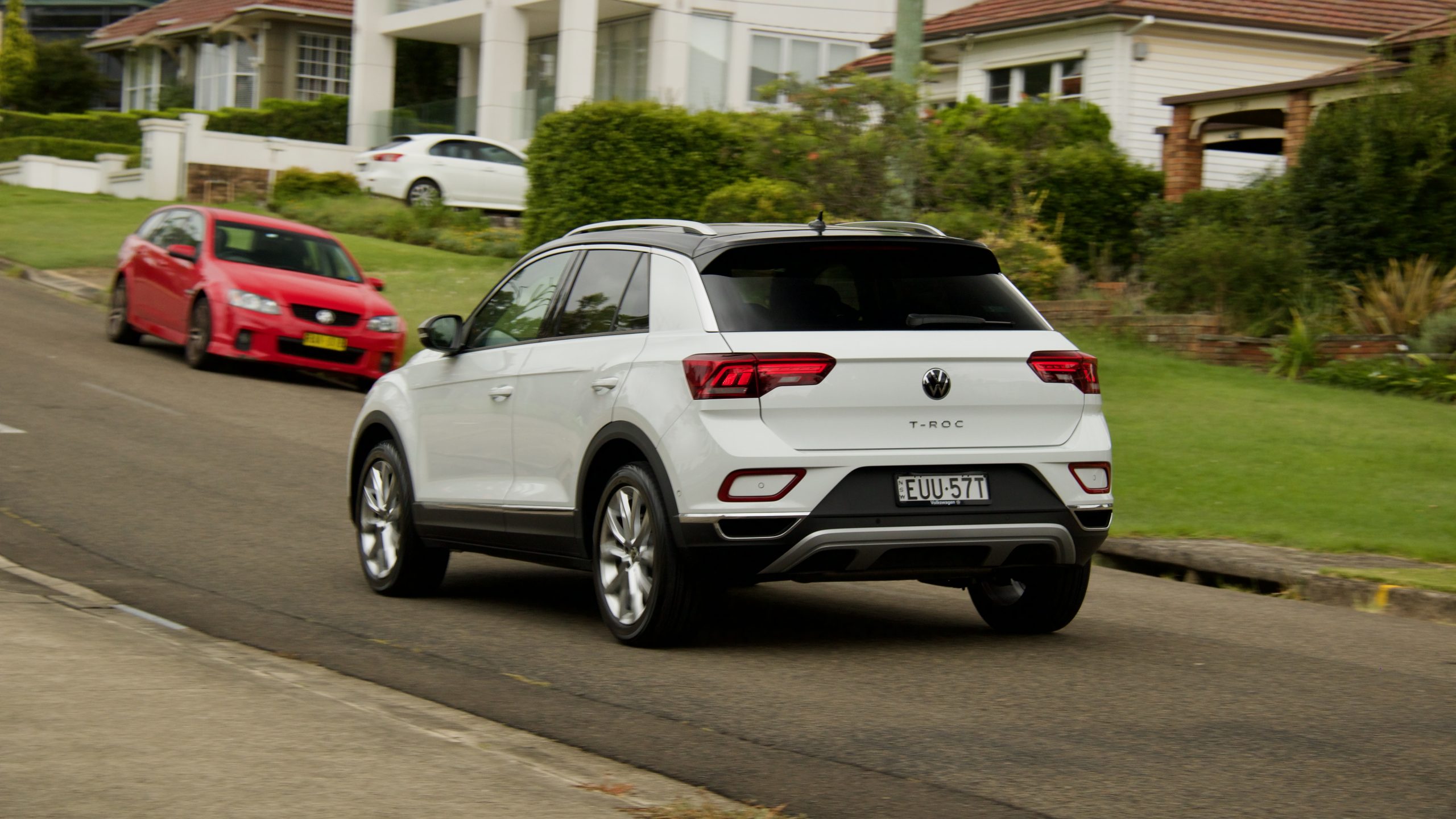
Its handling offers a nicely balanced feeling too, with well weighted steering adding to the fun – but it’s not quite as fun as a Ford Puma, if you’re after that sort of thing (it definitely is more comfortable than the Puma, though). Elsewhere in the driving experience, the T-Roc is quite positive – road noise levels are nicely low, the visibility is good and the active safety kit is nicely subtle. We particularly like the lane keeping assistance systems, particularly the lane trace assist (or ‘Travel Assist’ in Volkswagen language) which steers at highway speeds.
Interior & Practicality: 8.5/10
The interior of the 2023 Volkswagen T-Roc Style has been nicely updated compared with the pre-facelifted model with a new dashboard, a new steering wheel, upgraded trims and more standard technology to make it feel more expensive than before. Compared with the cheap-feeling Seltos, the T-Roc feels like it’s in another league for quality thanks to its soft touch dashboard and lovely switchgear – though we still wish the front door tops were soft touch too.
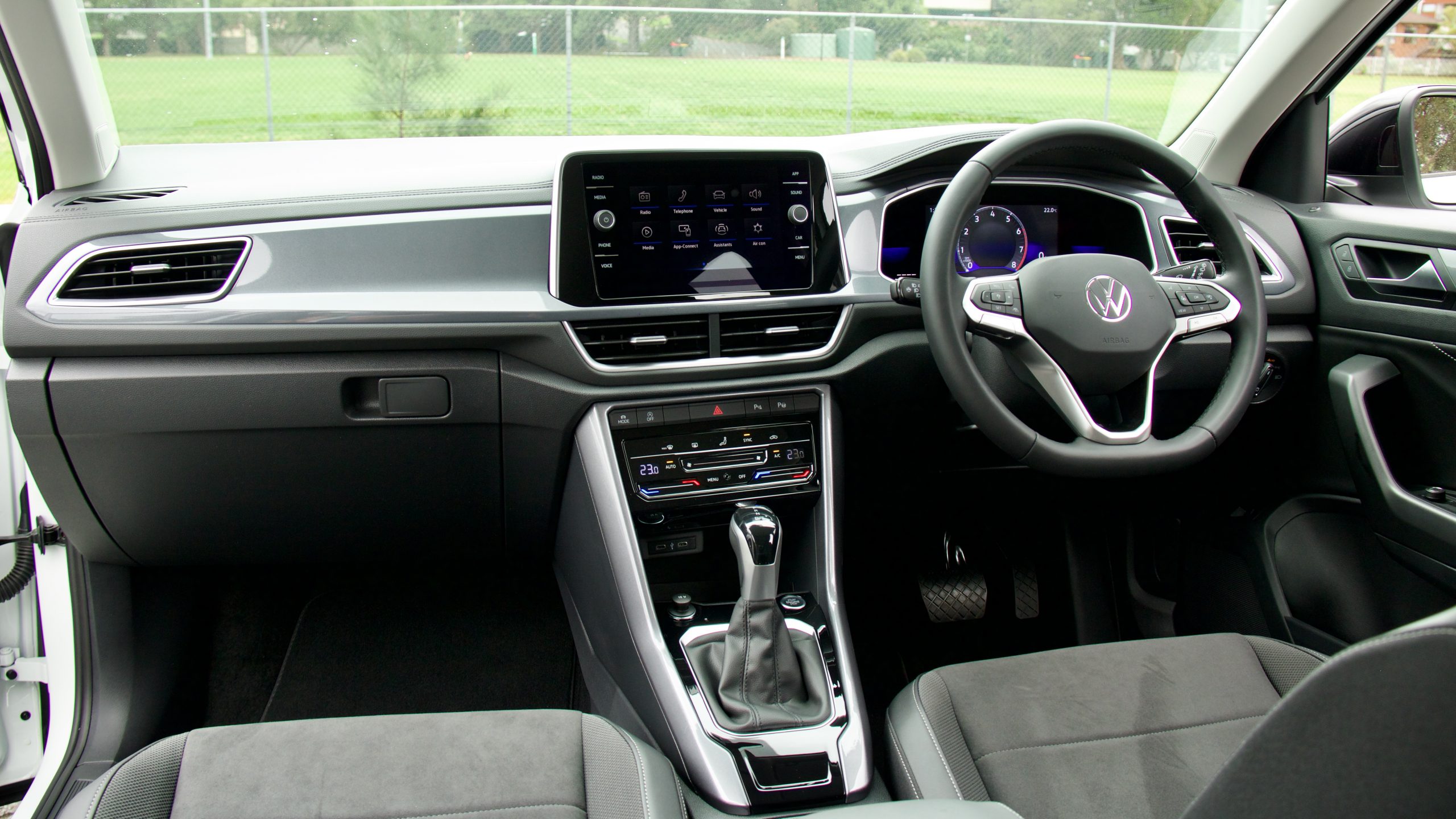
Centre of the T-Roc’s cabin is an 8.0-inch touchscreen with wired Apple CarPlay and Android Auto and digital radio. It uses an older Volkswagen Group software compared to the Mk8 Golf but we still think it’s excellent – the layout is easy to use, the screen quality is great and it’s quite a fast system as well. The six-speaker sound system is reasonably punchy, while there are four USB-C ports around the cabin, plus a wireless phone charger, to keep devices charged. The newly-digital driver’s display is a bit basic compared to the larger ‘Digital Cockpit Pro’ in the Sound and Vision Pack, but it looks more expensive than the formerly-analogue dials in the pre-facelifted T-Roc and it’s easy to use.
Speaking of easy to use, other local media outlets have complained of the facelifted T-Roc’s newly-touch capacity climate controls, but we found them quite easy to use.
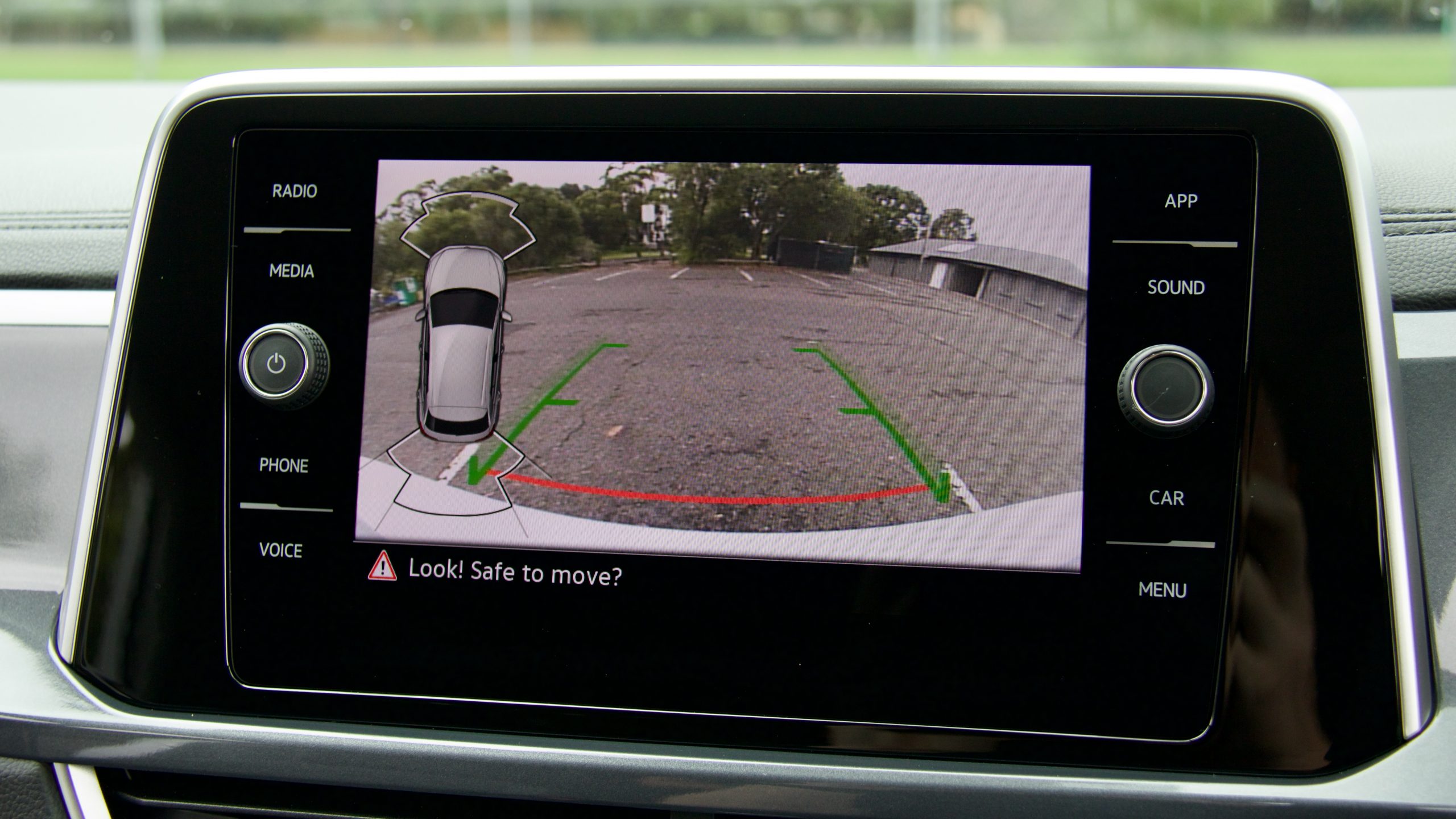
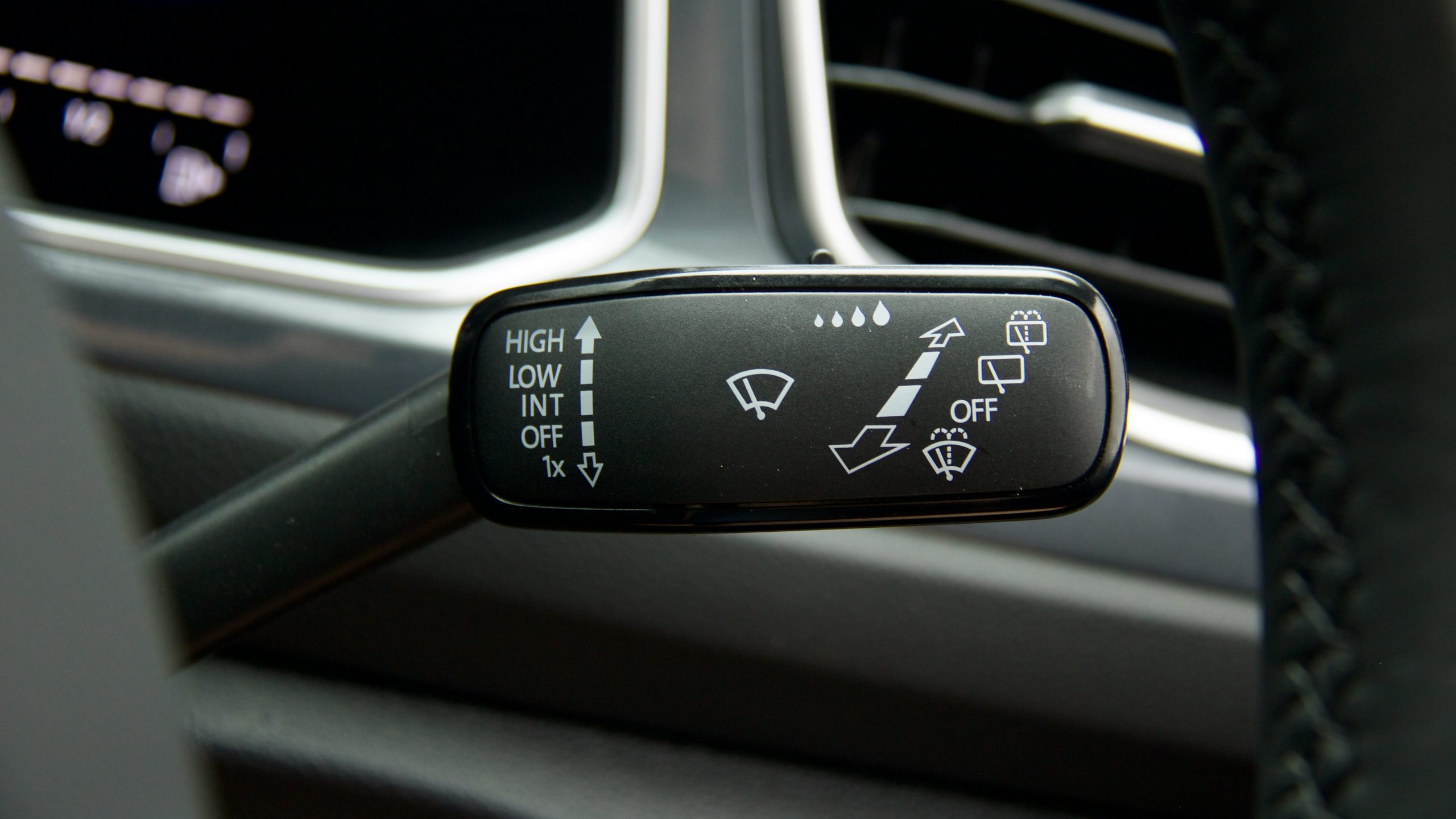
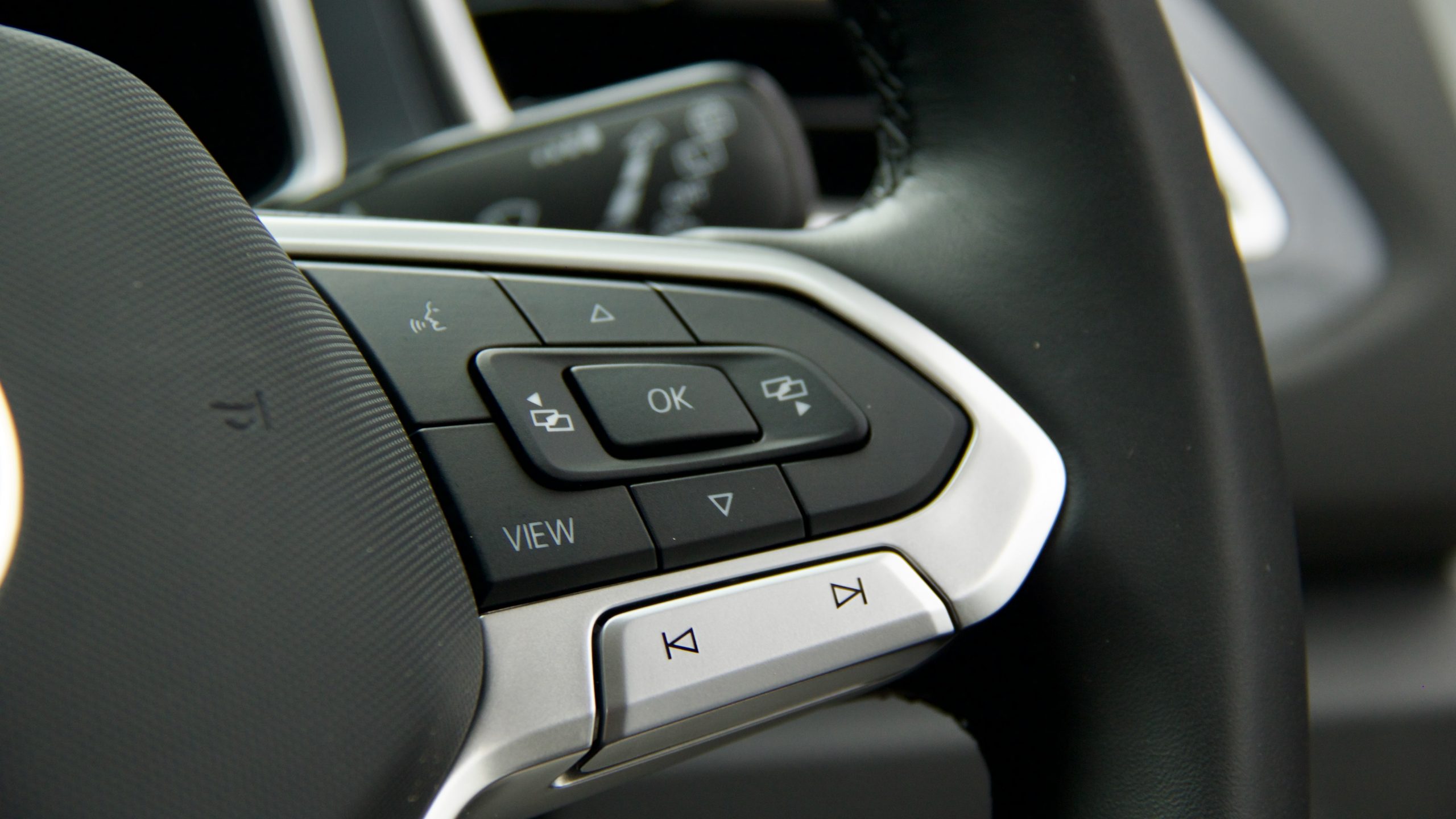
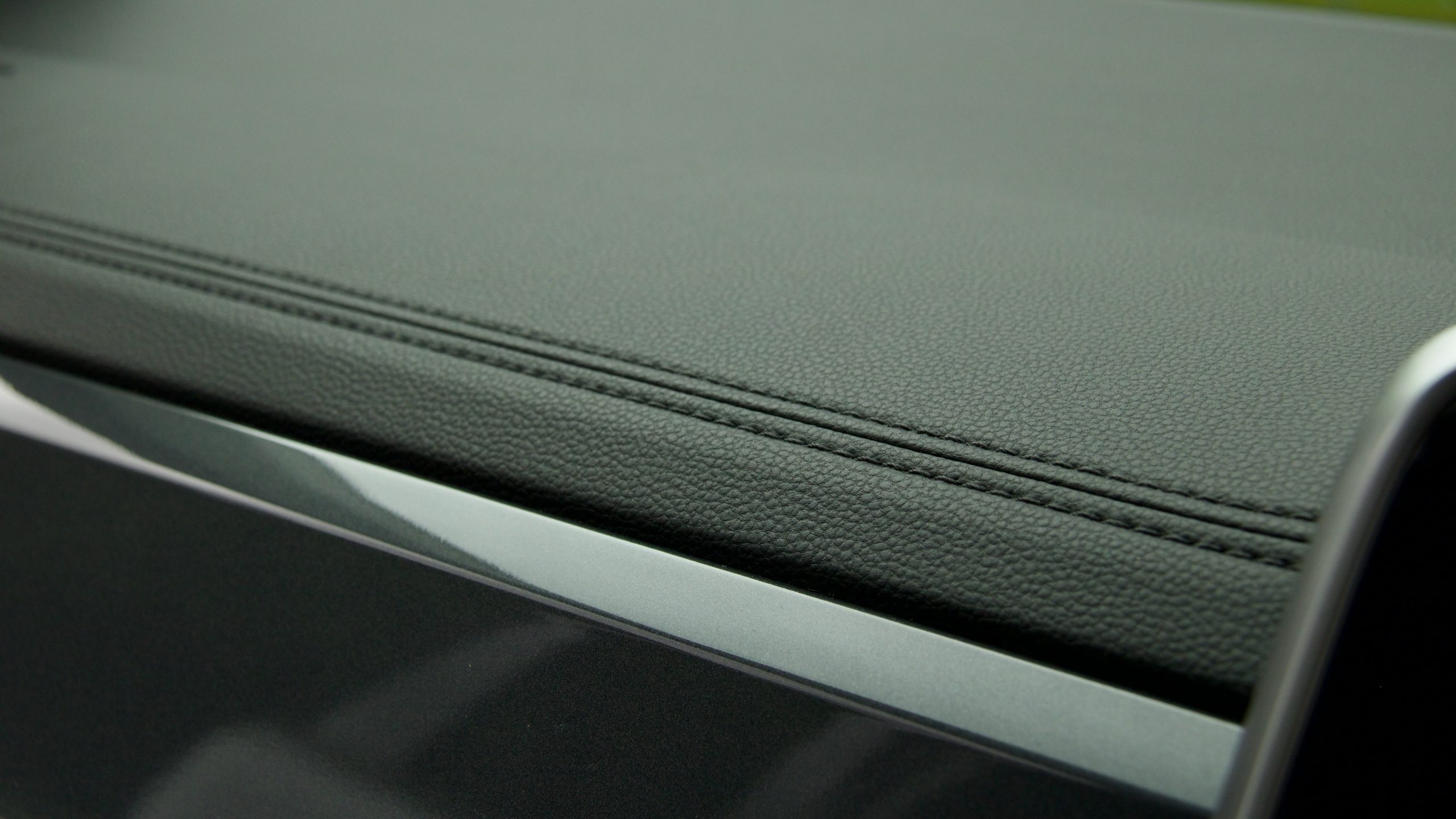
The T-Roc’s front cabin is quite practical with big door bins with rubber inserts to stop rattles, a reasonable box underneath the centre arm rest (which is adjustable), two okay-sized cup holders (don’t expect a jumbo coffee to fit, though), a big glovebox and a tray underneath the centre console with a wireless phone charger.
The rear seat of the T-Roc Style is a good size for the segment – it’s not quite as roomy as the Seltos or Corolla Cross, but two six-footers will be more than comfortable with ample headroom and reasonable headroom. There are amenities too such as door pockets, a central armrest with cupholders, air vents, map pockets and two USB-C charging ports. There are also two ISOFIX points and three top-tether points for child seats and the seats are quite comfortable as well.
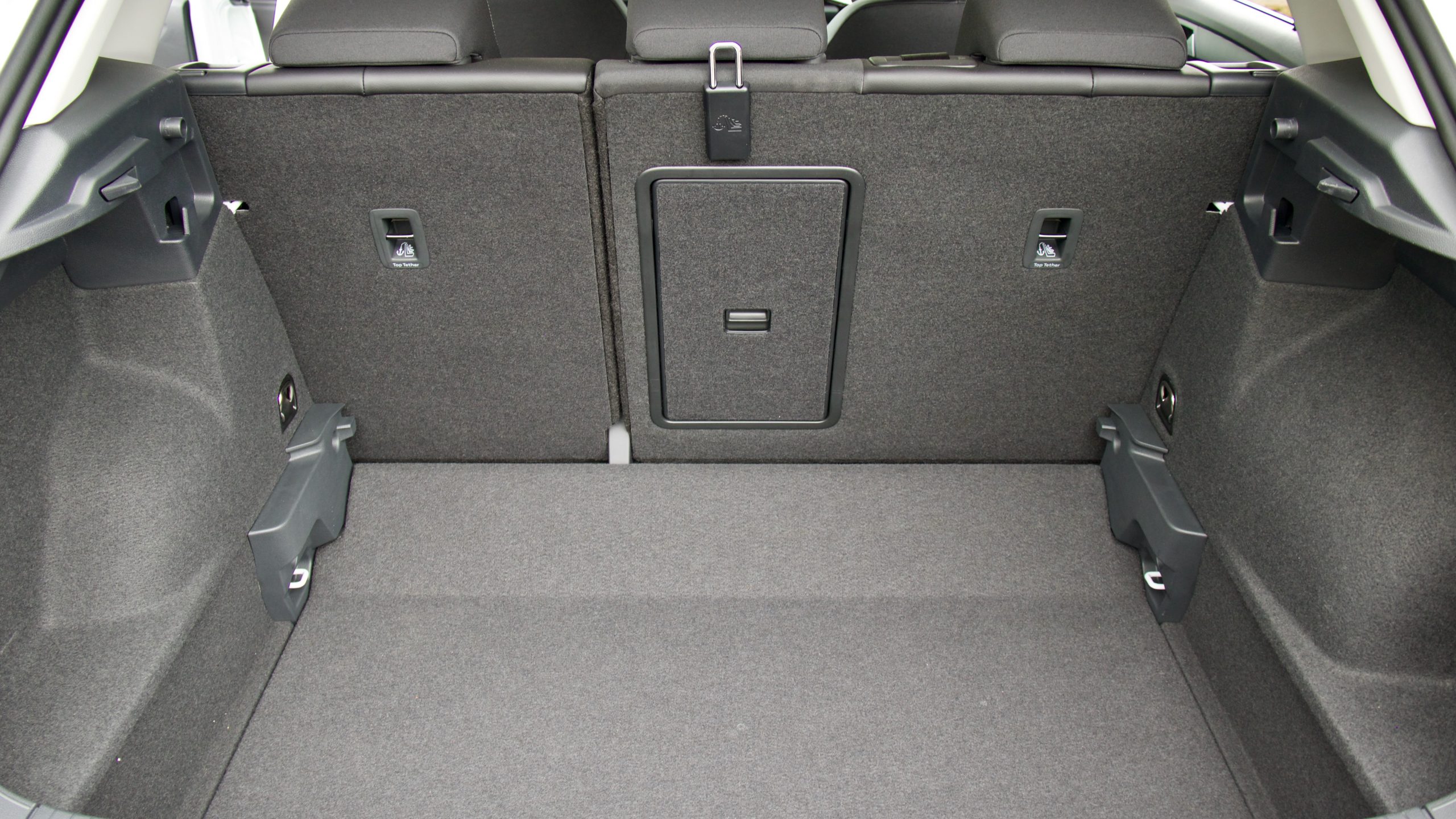
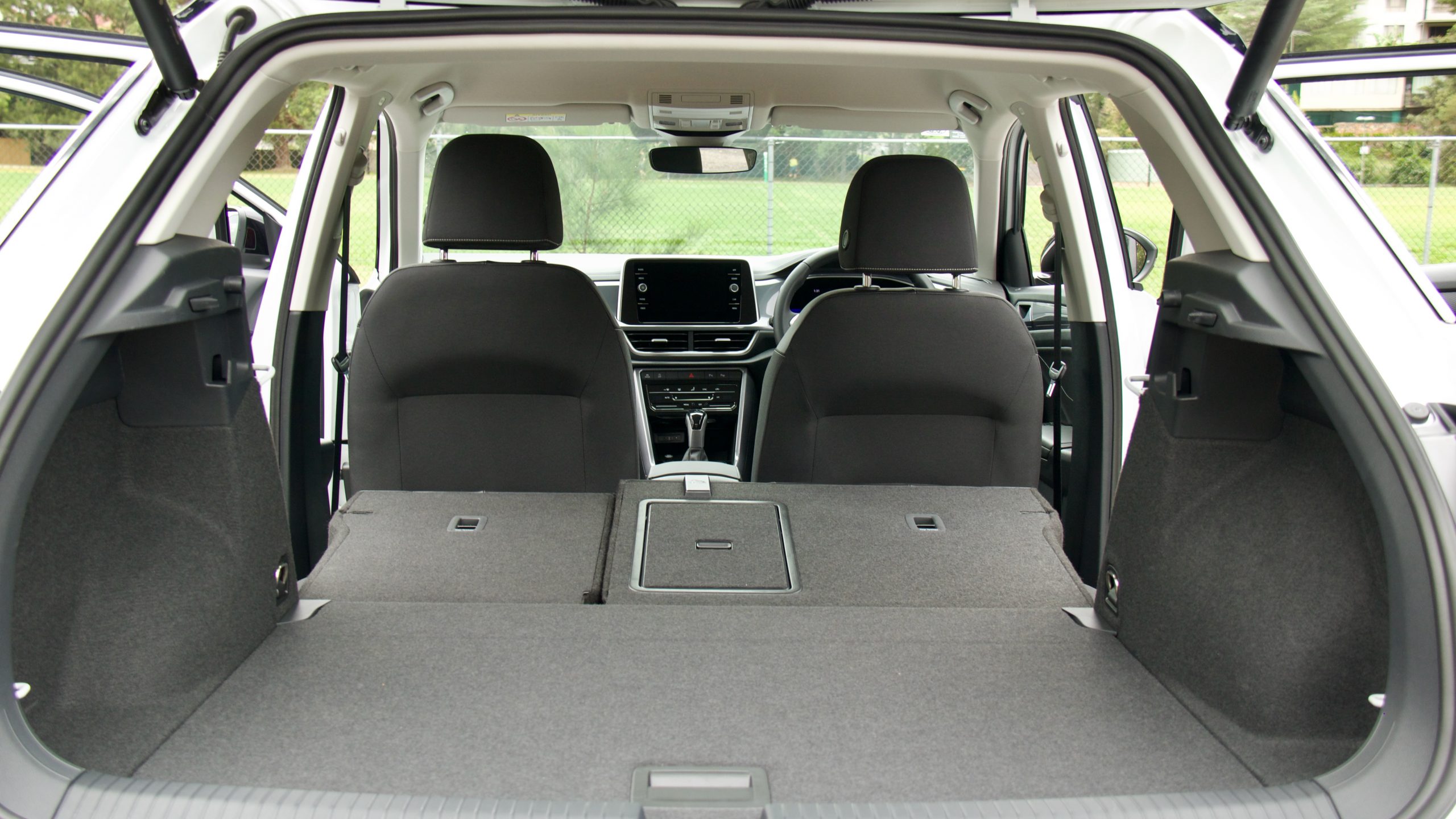
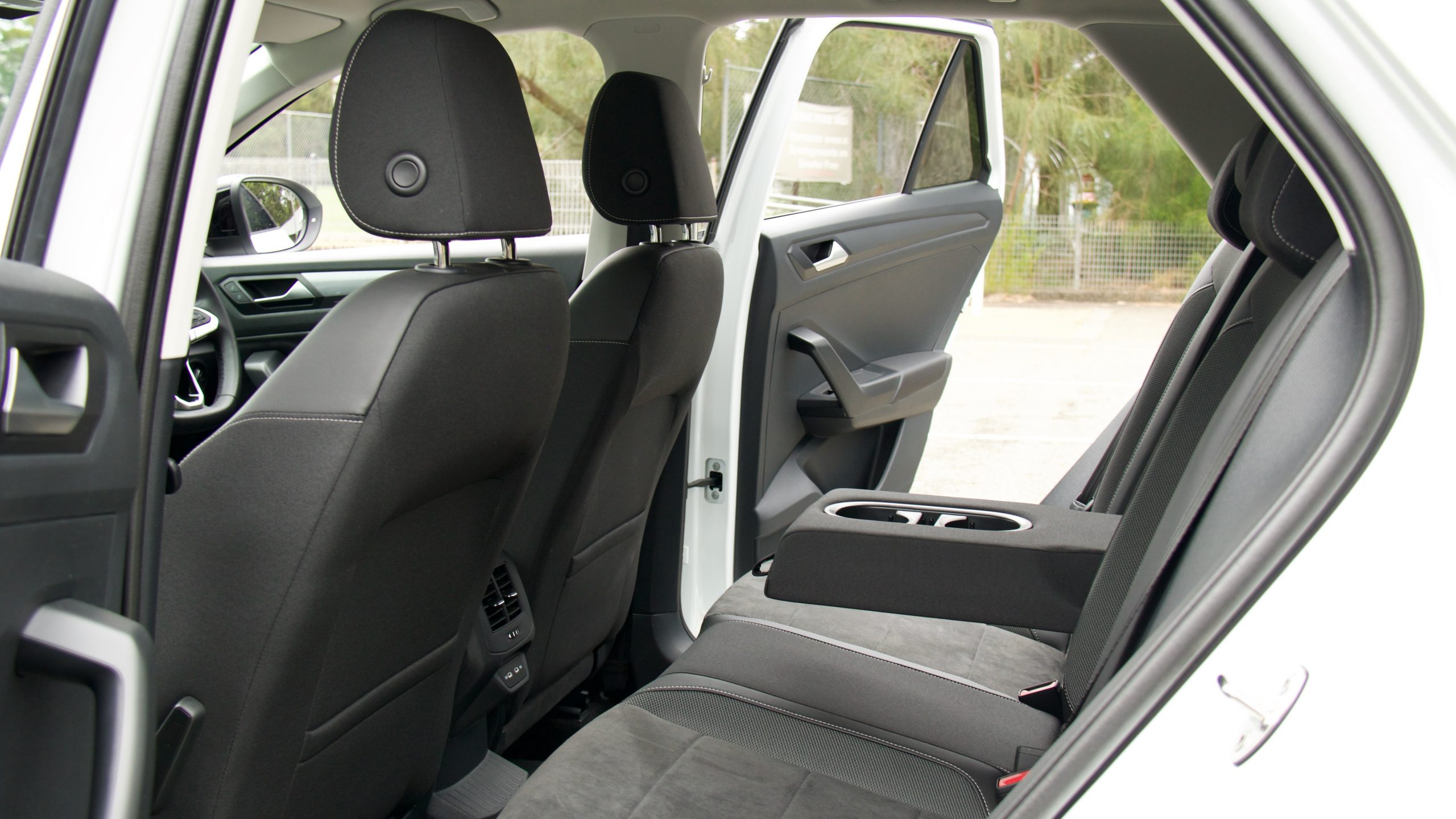
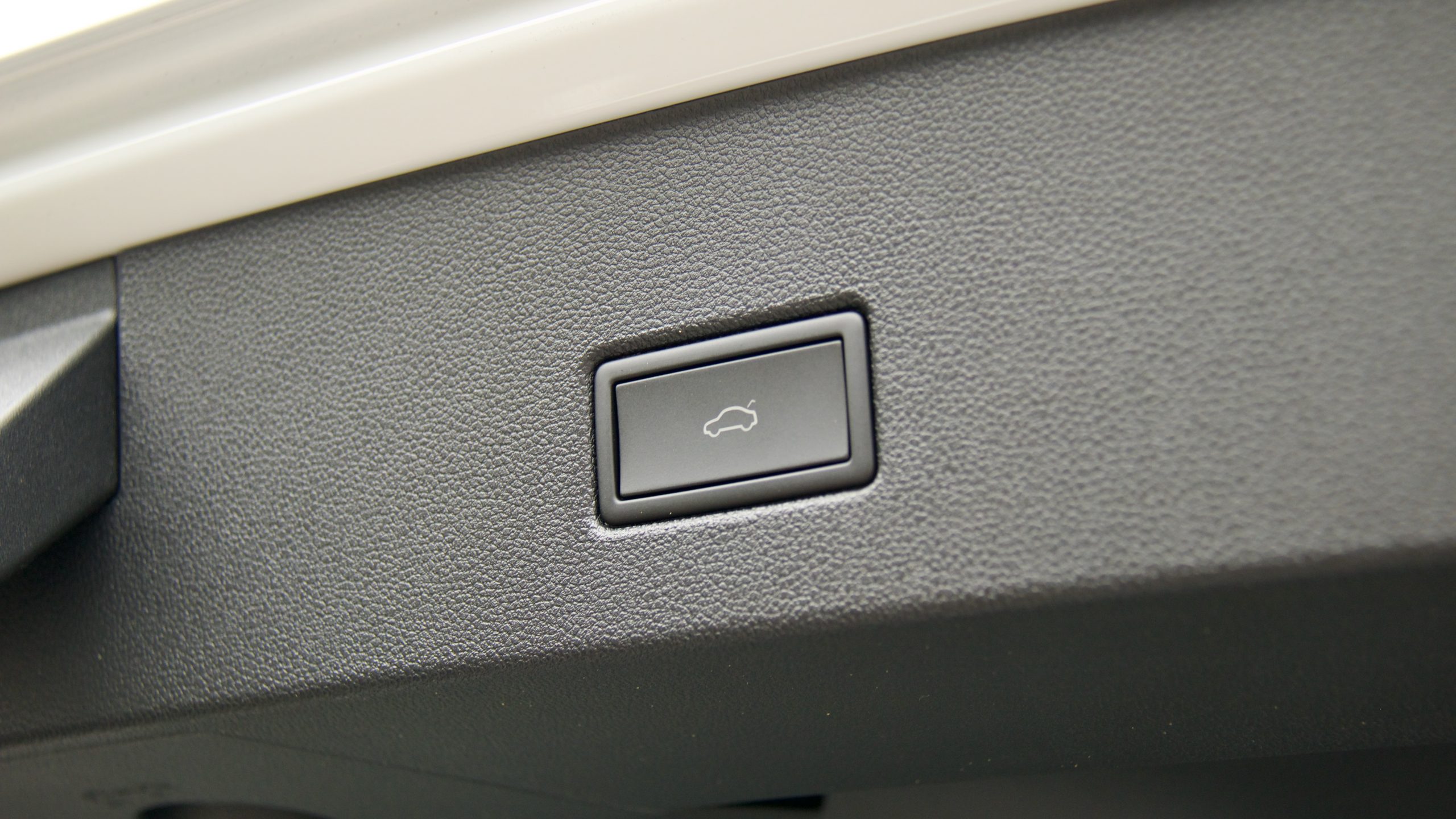
The boot of the T-Roc Style measures a healthy 445-litres with the seats up (nine litres larger than the Corolla Cross and 12L larger than the Seltos) and 1,290L with them folded. There are clever touches to the T-Roc’s boot too, like the dual-level floor, a ski pass through, side storage and hooks to hang shopping off. Under the boot floor is a space-saver spare wheel. Our test car featured the $600-optional power tailgate, which is a great addition for not much more money.
Service & Warranty: 7/10
Like other new Volkswagen products, the 2023 Volkswagen T-Roc Style is equipped with a five-year/unlimited km warranty with 12 months of roadside assistance that’s extended by a further 12 months each time a dealer service is completed. Five years/75,000km of servicing costs an expensive $3,091 ($618 per service), though that can be lessened to $2,450 ($490 per service) with a service plan for the same duration that can be added within 12 months of the car’s purchase.
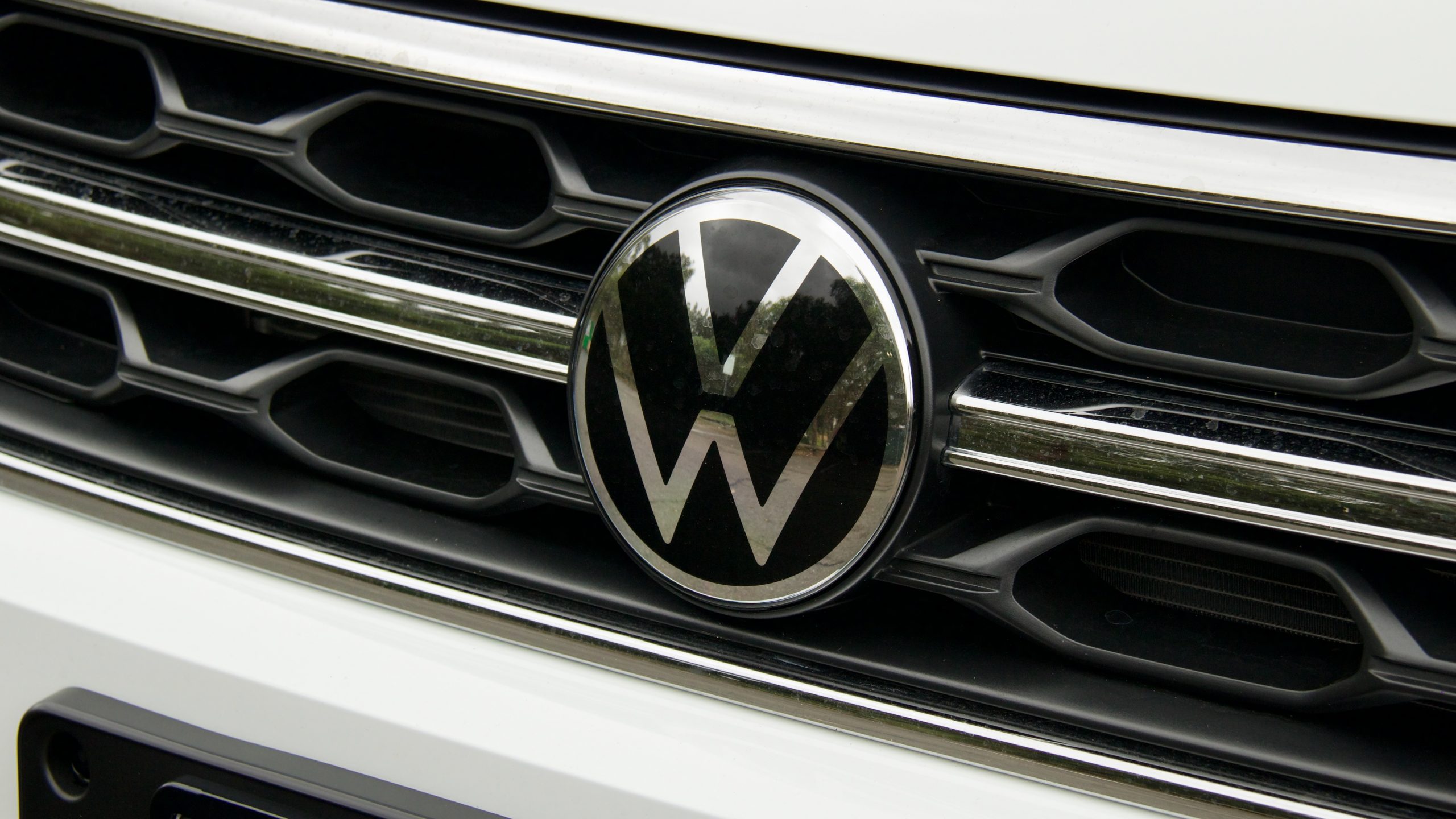
Toyota features the same five-year/unlimited km warranty as Volkswagen, though servicing at a Toyota dealership throughout the warranty period unlocks an extra two years of warranty for the mechanicals of the car – there’s no roadside assistance – and the first five years/75,000km of servicing costs $1,250 ($250 per service). Kia gives its cars seven years of warranty, with up to eight years of roadside assistance if serviced at a dealership. Five years/75,000km of servicing costs $2,072 ($414 per service).
The 2023 Volkswagen T-Roc Style 110TSI DiscoverAuto Rating: 8.1/10
Overall, we think the 2023 Volkswagen T-Roc Style 110TSI is a really good offering in the small SUV segment. It’s handsome to look at, very comfortable, practical, good value for money, well built, well equipped and uses a smooth, efficient and punchy turbocharged petrol drivetrain that will win friends just from how refined it is in comparison to many loud and unrefined engines in competitors.
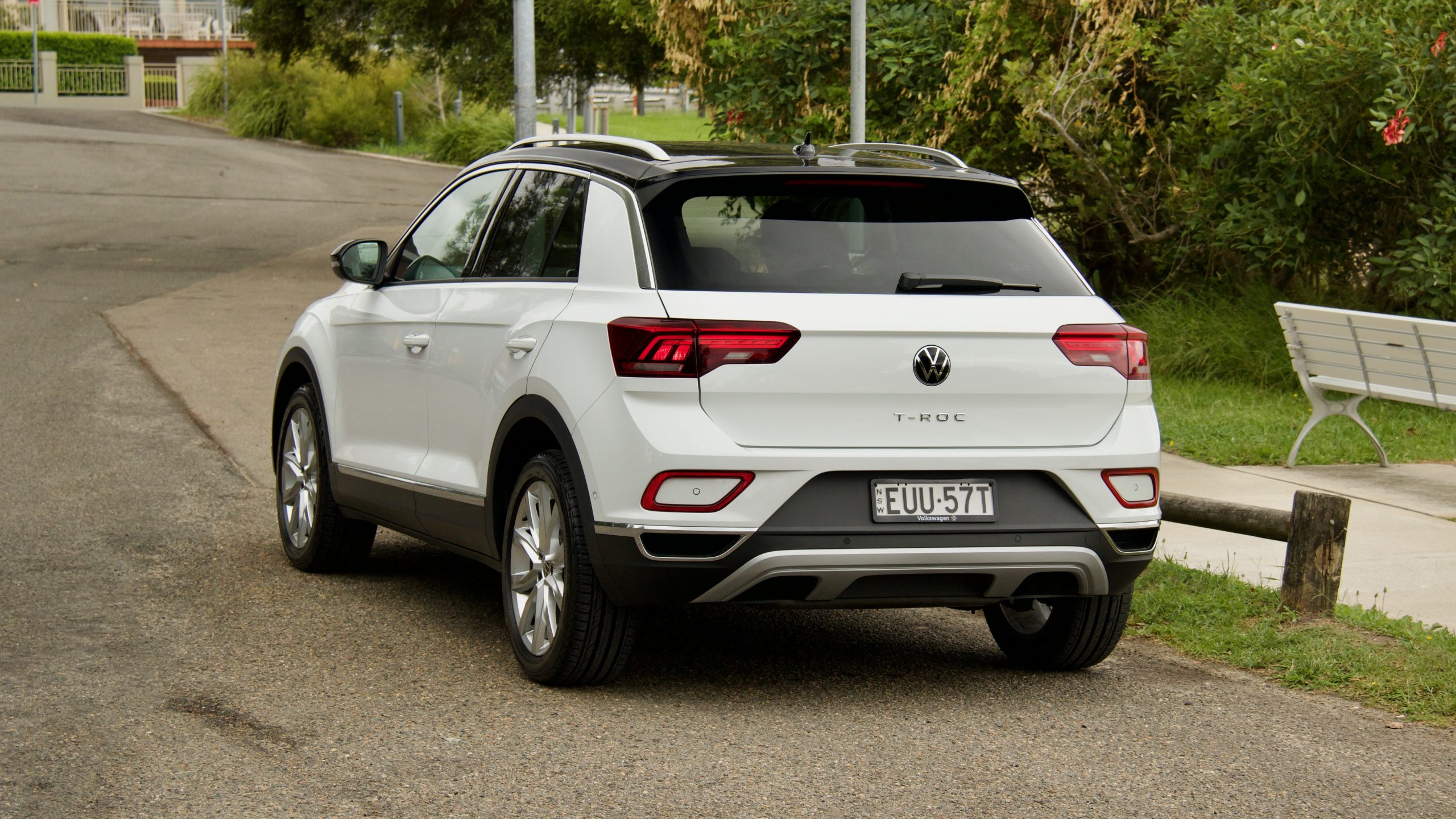
Of course, it isn’t perfect – it costs a lot to service, the rear seat isn’t as big as some rivals, it could have a bit more standard equipment and some of the interior materials aren’t the highest of quality. But overall, the T-Roc is well worth consideration in such a crowded segment and it’s no wonder that it’s such a popular product in Europe.
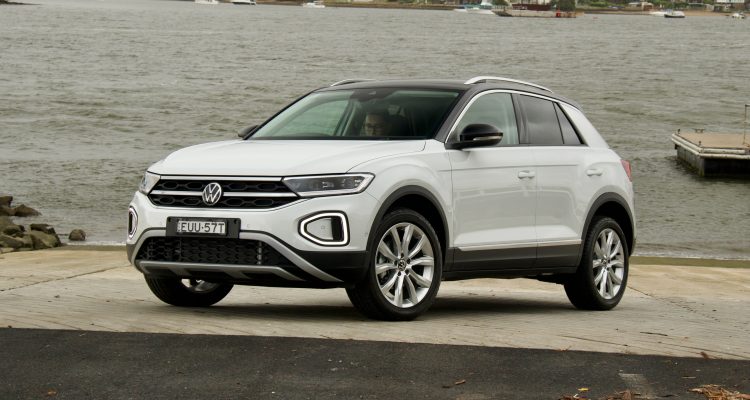
I’ve just purchased a troc style with auto parking assist will get it in 4 days has a lot of wxtra being compared to my renault captur 2017 can’t wait to try auto parking sooooo excited as this will be the best care I’ve ever had